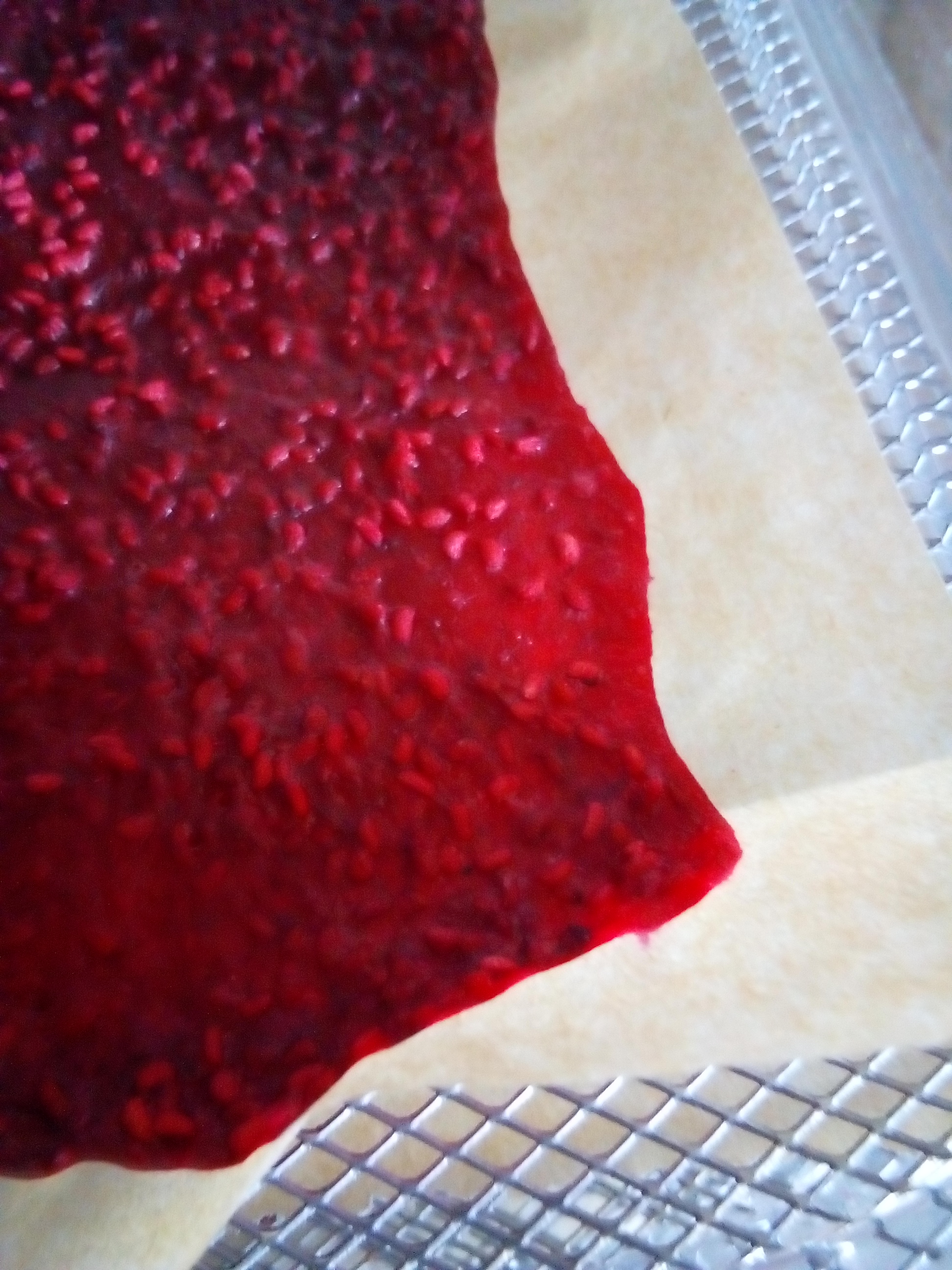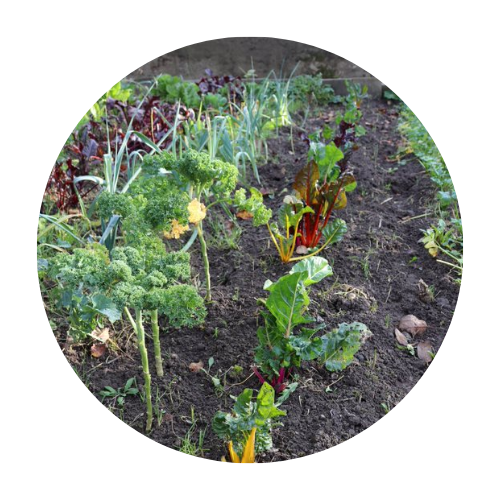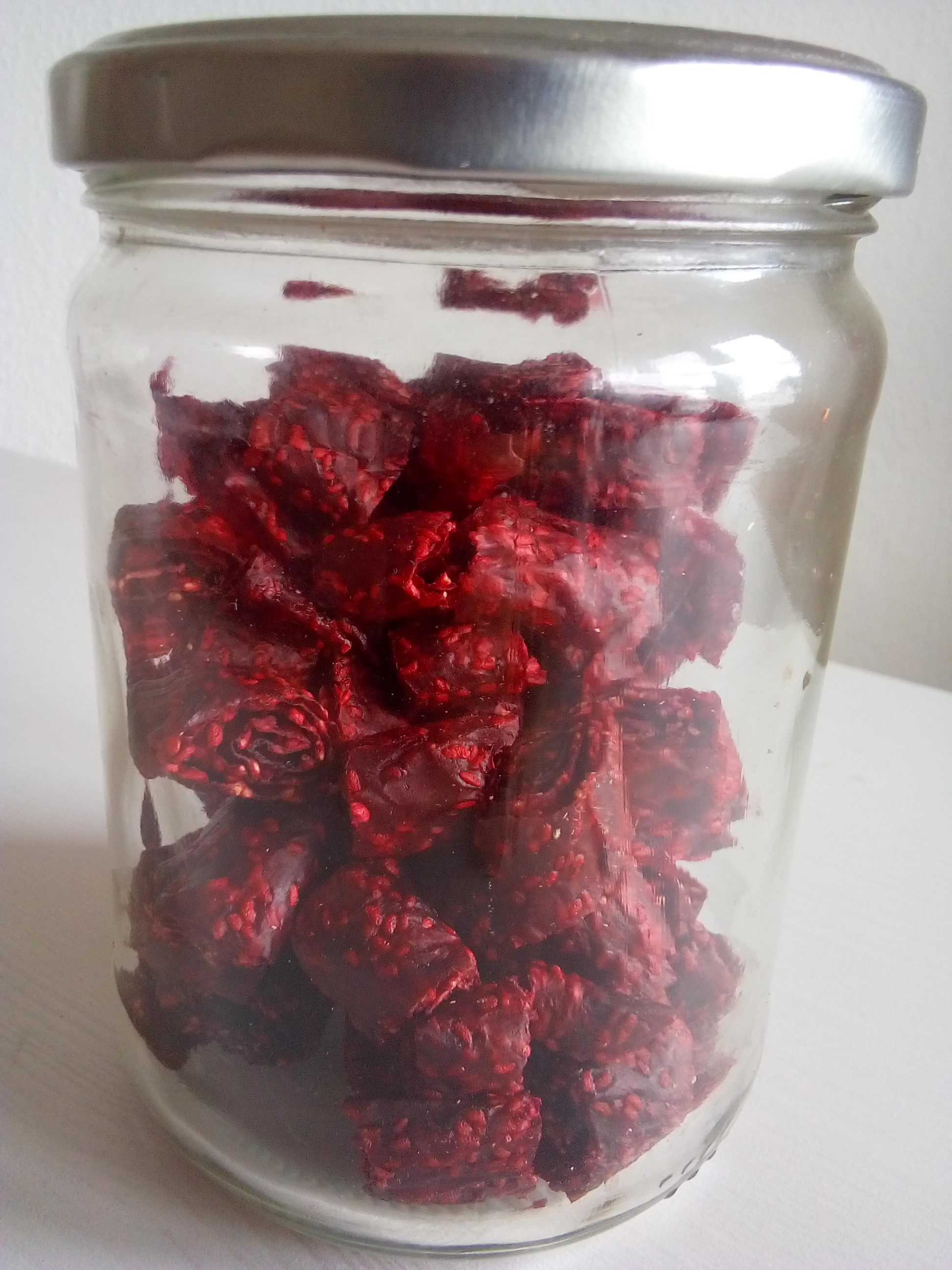It was one of those late summer afternoons when Emma’s hands disappeared deep into the raspberry hedge. The berries stained her fingertips red, the basket filled quickly, and the sun dipped low behind the apple trees. Too many to eat fresh, too fragile to keep long. That’s when she remembered Frida’s voice:
“If you want to carry sweetness into the dark months, stretch it thin and let the air and time do the work.”
This is where Emma began to learn how to make fruit leather in a dehydrator—a simple, almost ancient way to preserve the garden’s bounty and carry summer sweetness into winter.
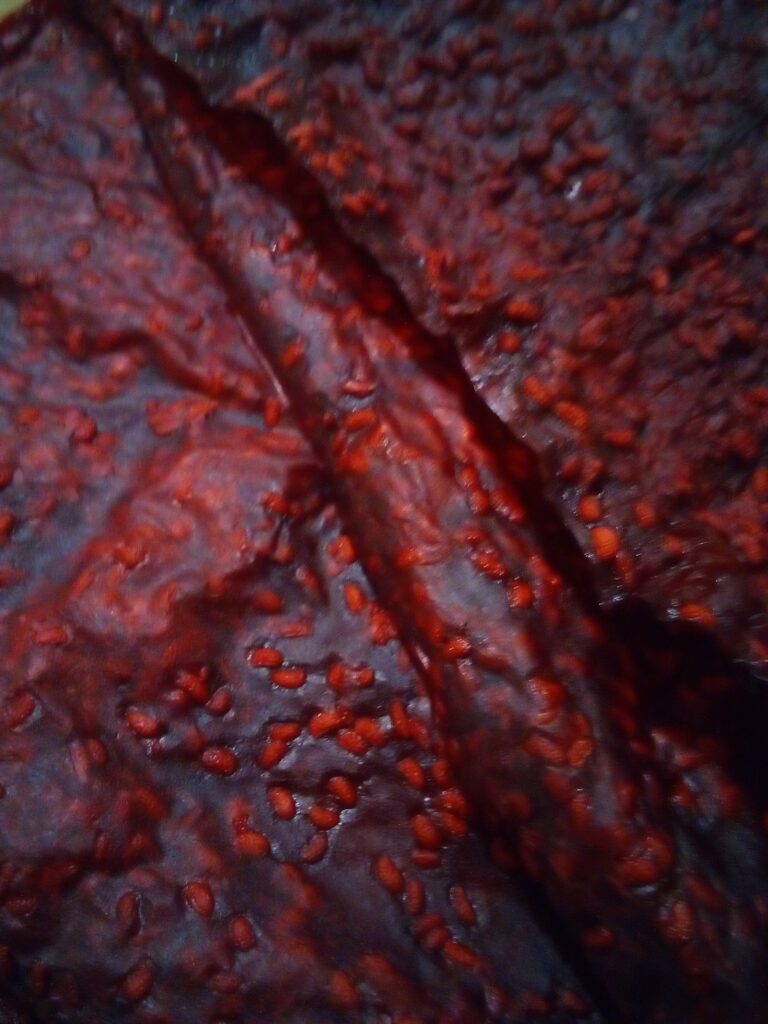
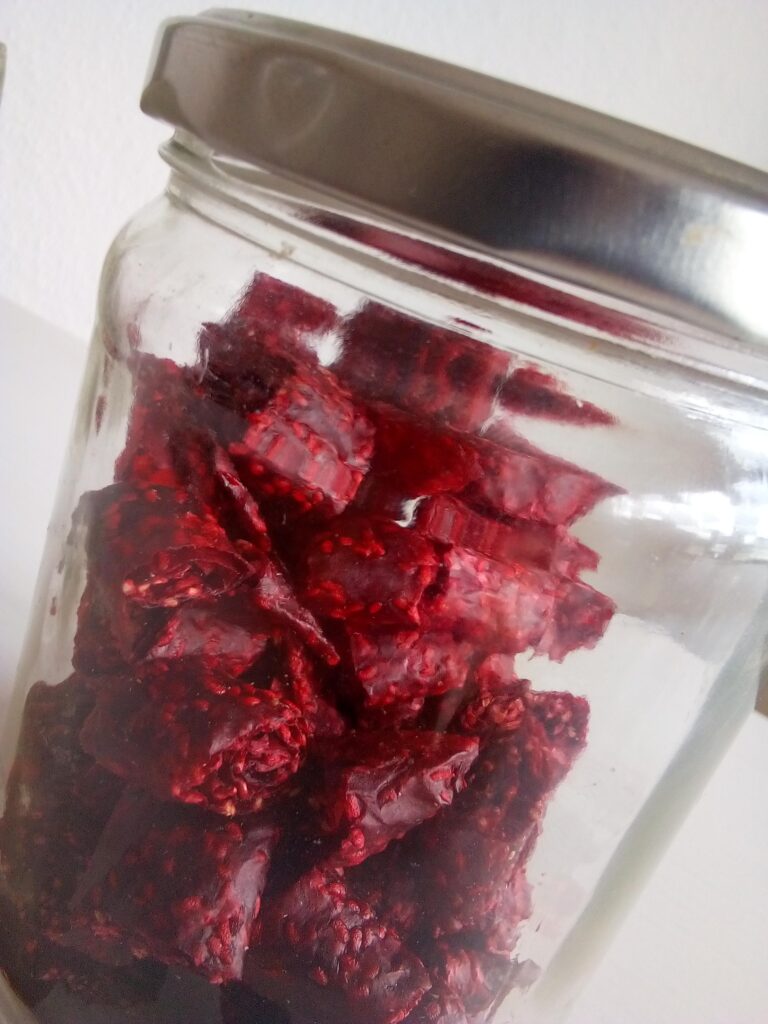
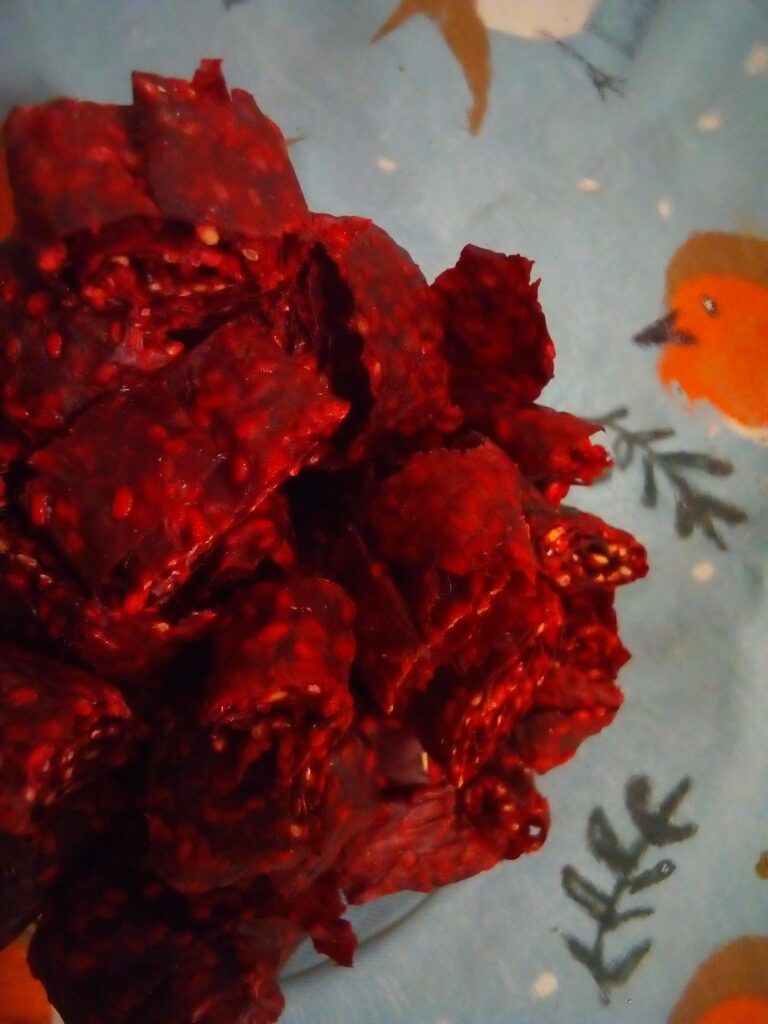
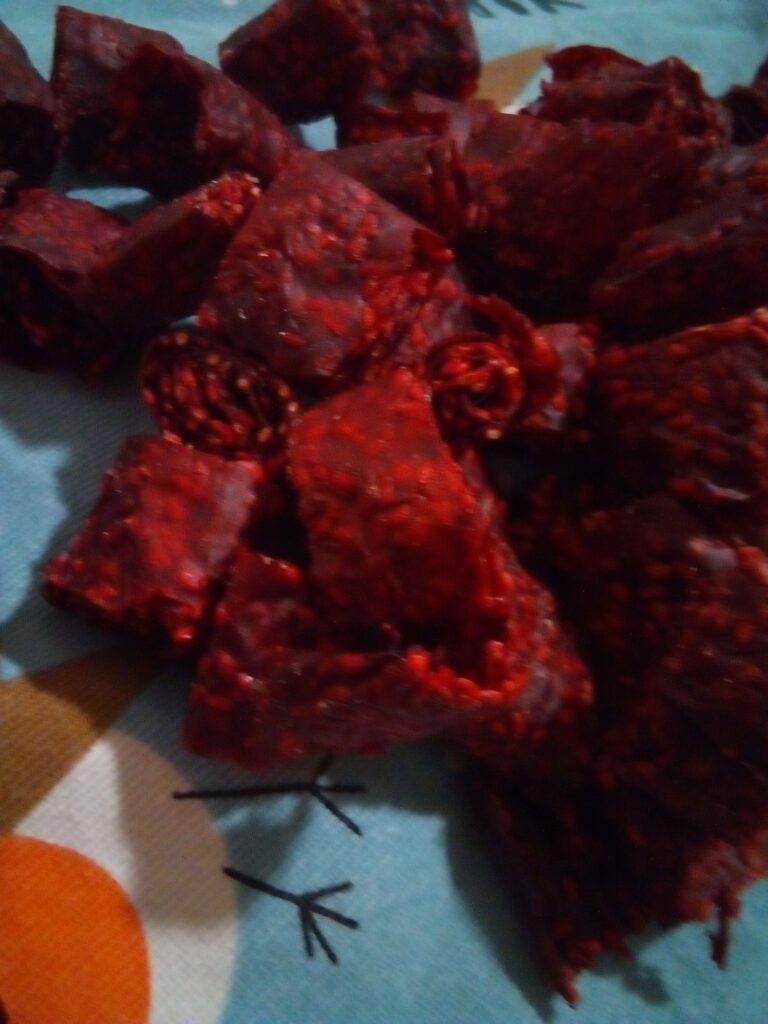
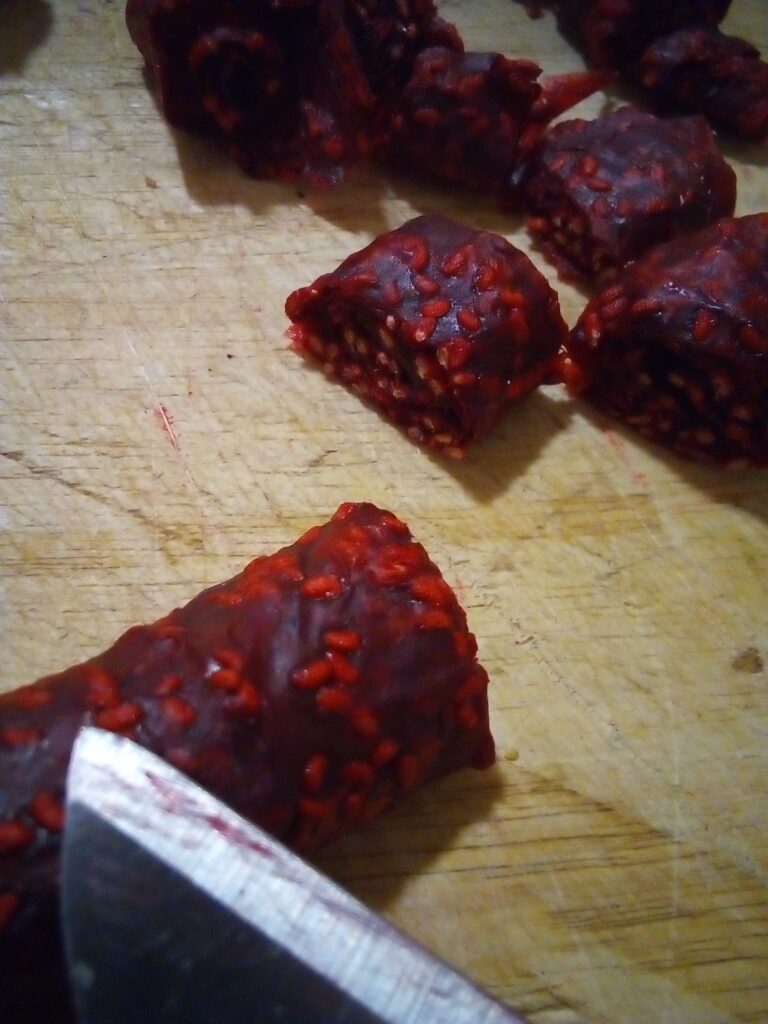
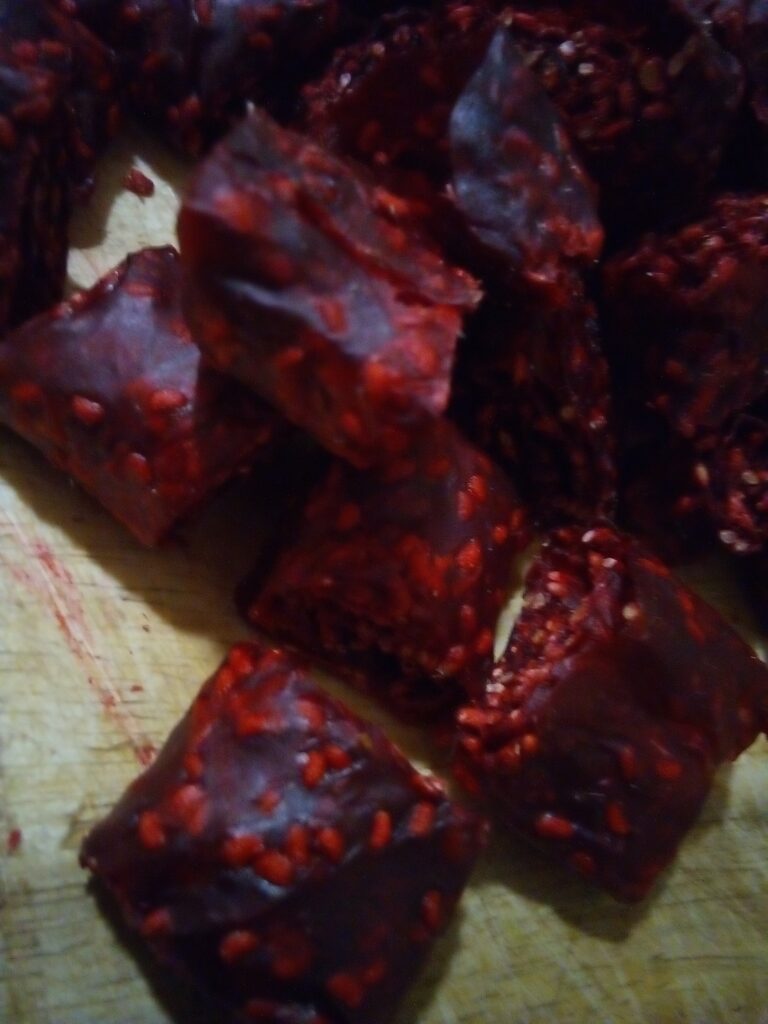
Why Fruit Leather is the Perfect Garden Snack
Fruit leather is nature’s candy, but without the refined sugar or mystery ingredients. It’s just fruit, sometimes a dash of lemon, and—if you like—a hint of natural sweetness from honey, maple syrup, or dates.
It turns a garden glut into something portable, healthy, and long-lasting:
- Hikers pack it as a lightweight trail snack
- Kids love it in their lunchboxes
- Grown-ups sneak it into office bags
Best Fruits for Homemade Fruit Leather
Almost any fruit can become fruit leather. Some need a little cooking first, others are ready to go raw:
- Berries: raspberries, strawberries, blackberries, currants – sweet-tart and vibrant
- Stone fruit: peaches, apricots, plums, damsons – juicy and rich
- Tree fruit: apples, pears – best simmered until soft before blending
- Grapes: late-summer harvests that make deep, dark leathers
Raspberries are my example here—they’re fragile, juicy, and perfect for fruit leather. But the method works across the board.
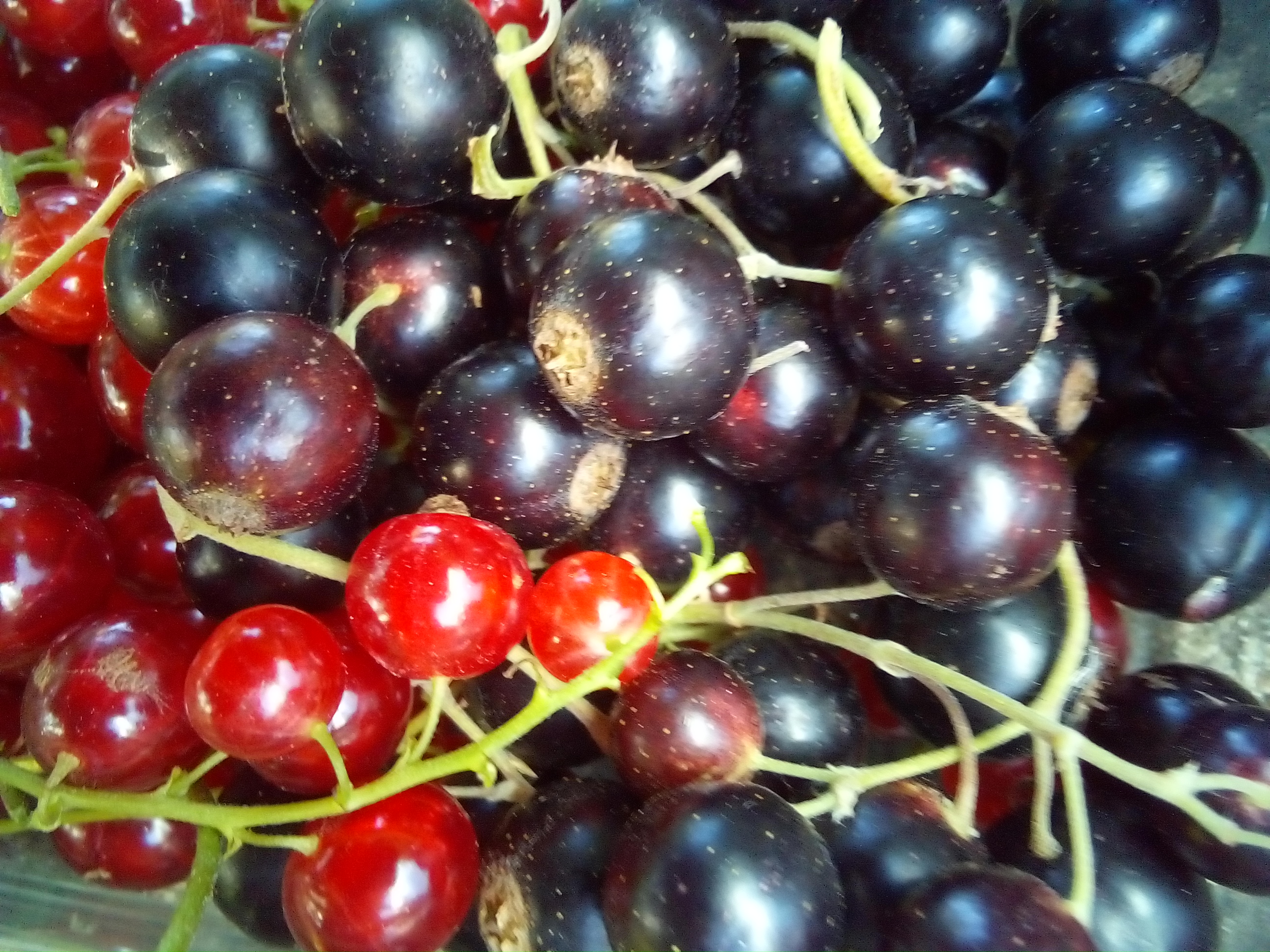
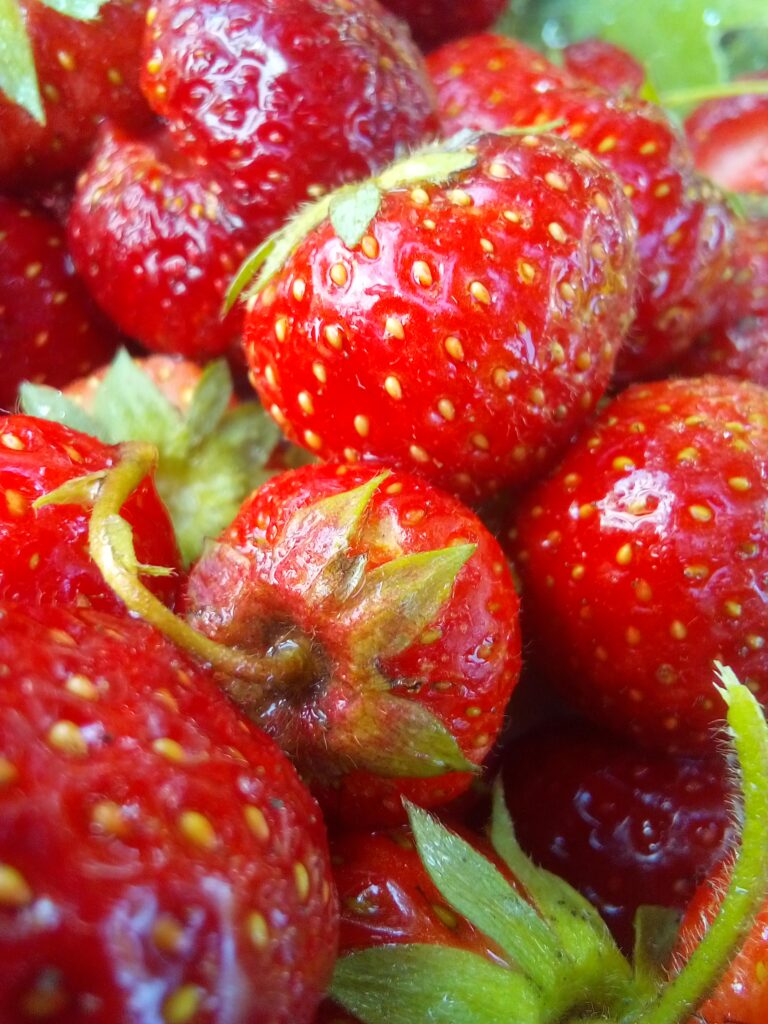
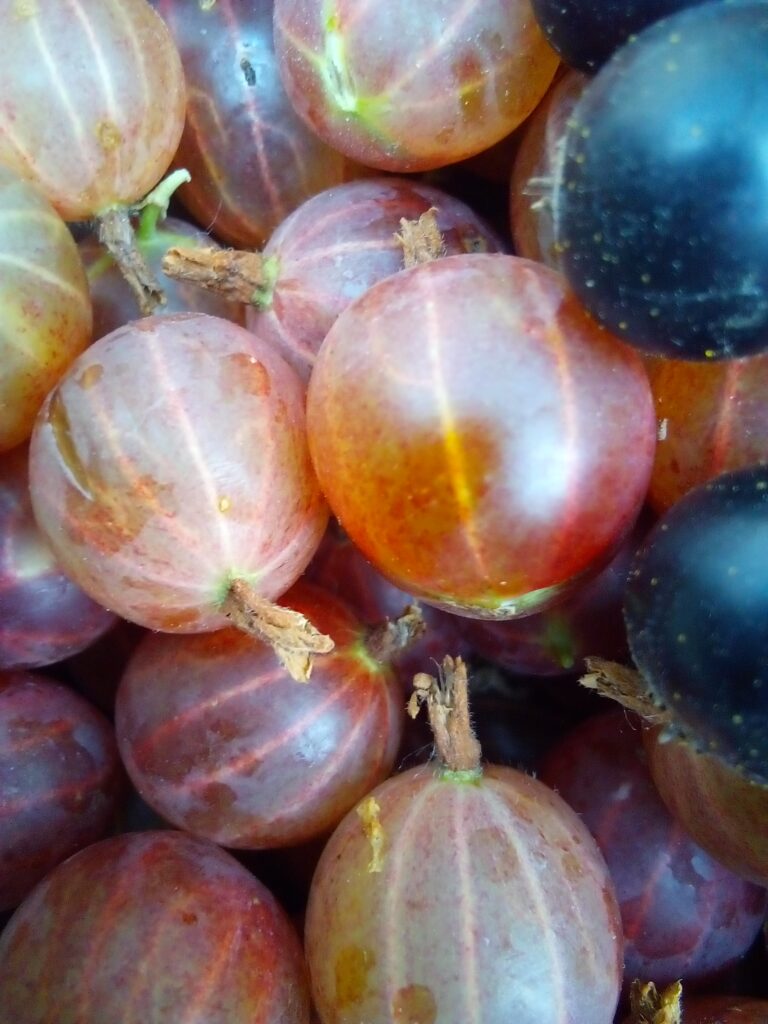
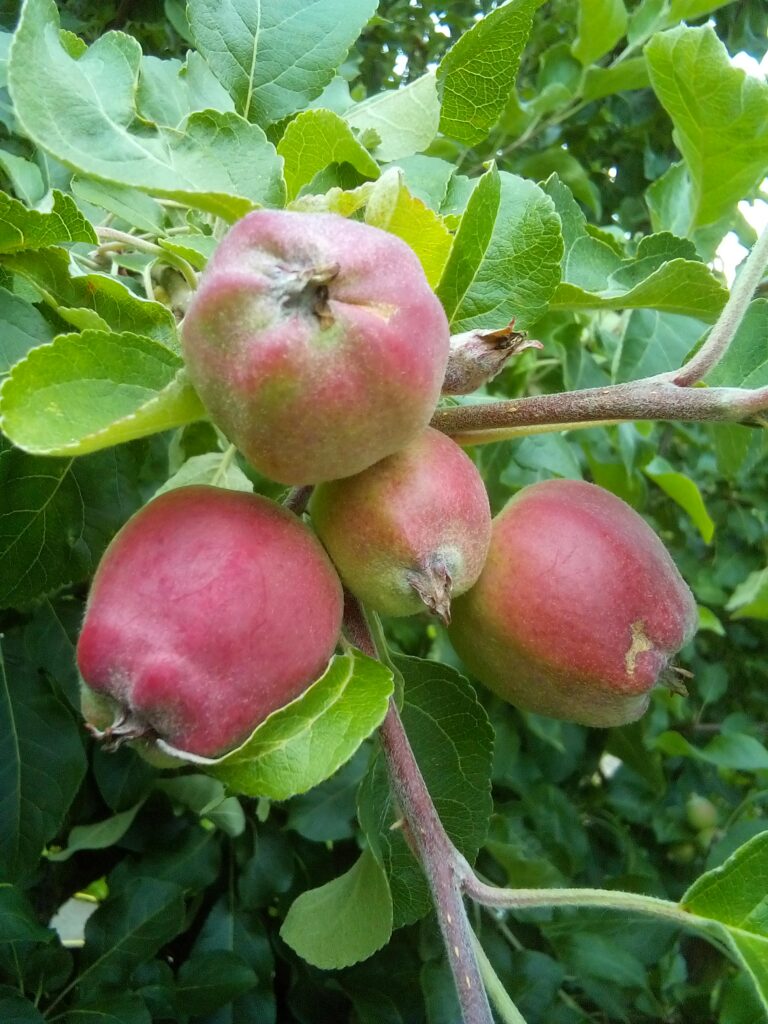
Step-by-Step Guide: How to Make Fruit Leather in a Dehydrator
How thick should the puree layer be?
Spread the puree about ⅛–¼ inch (3-6 mm) thick.
- Too thin → brittle and cracking
- Too thick → sticky centers
- Tip: keep edges slightly thicker since they dry faster
Prepare the fruit
- Wash, pit, or core where needed.
- Apples and pears benefit from a short simmer to soften.
Blend with optional sweeteners
- Puree with a splash of lemon juice.
- If fruit is very tart, add 1–2 tablespoons of honey, maple syrup, or blended dates per 4 cups puree.
- Ripe fruit usually needs nothing more.
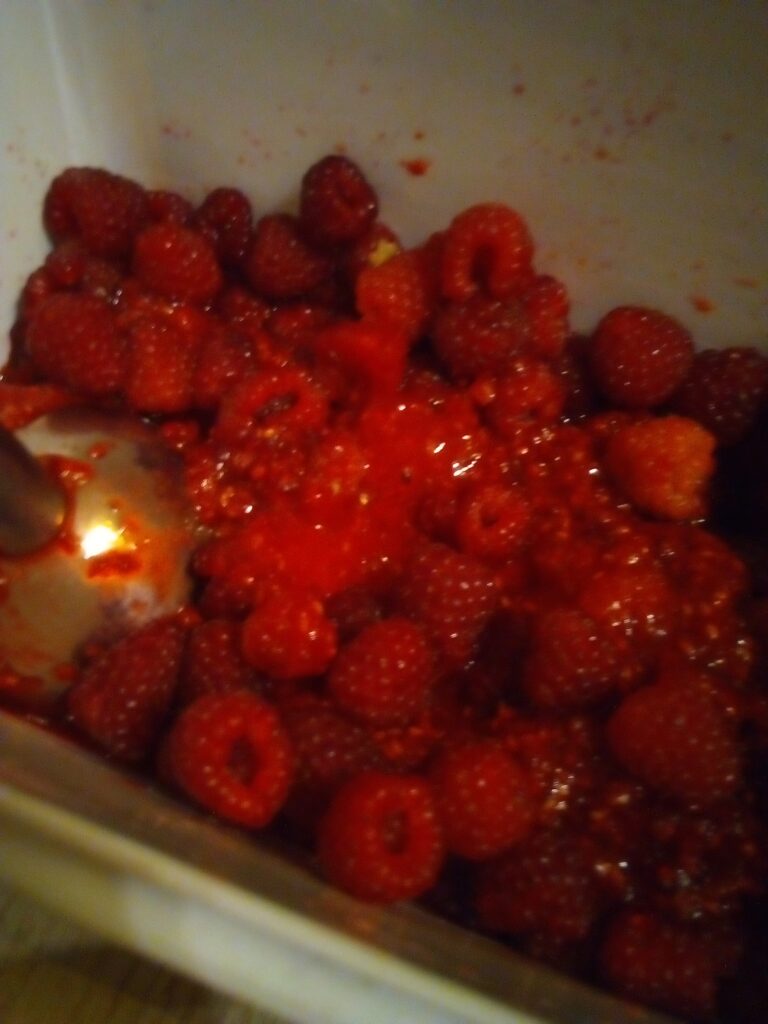
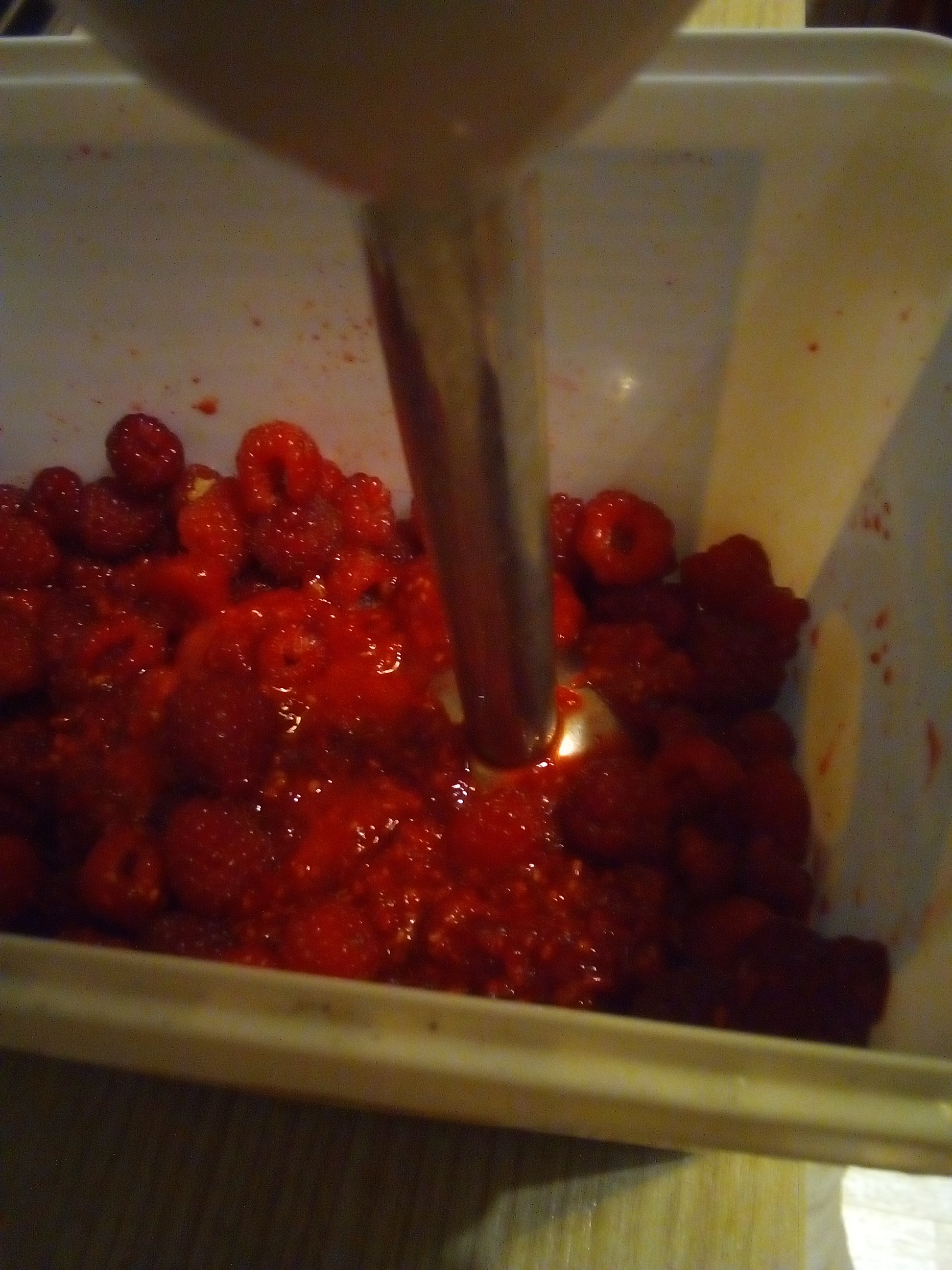
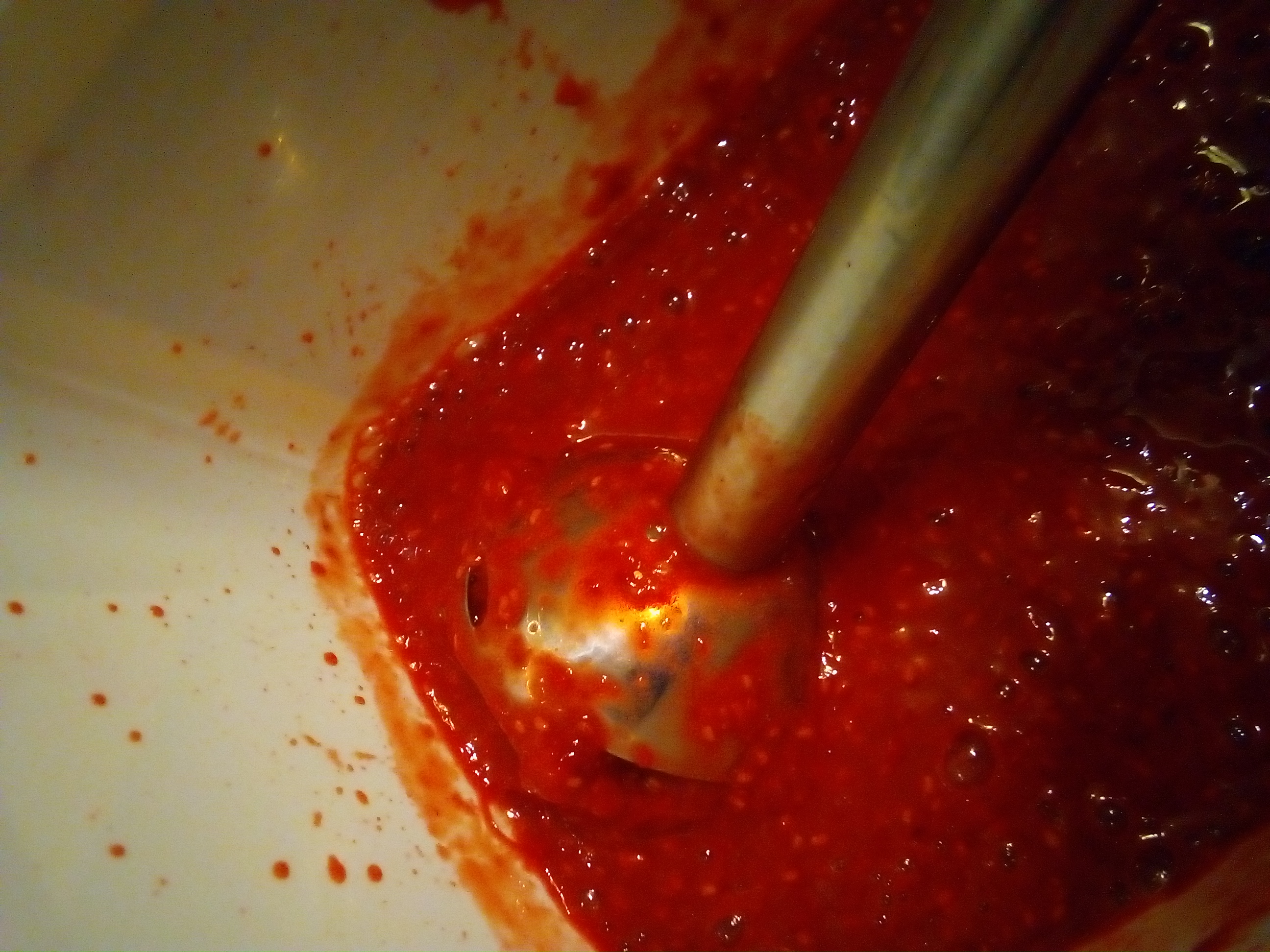
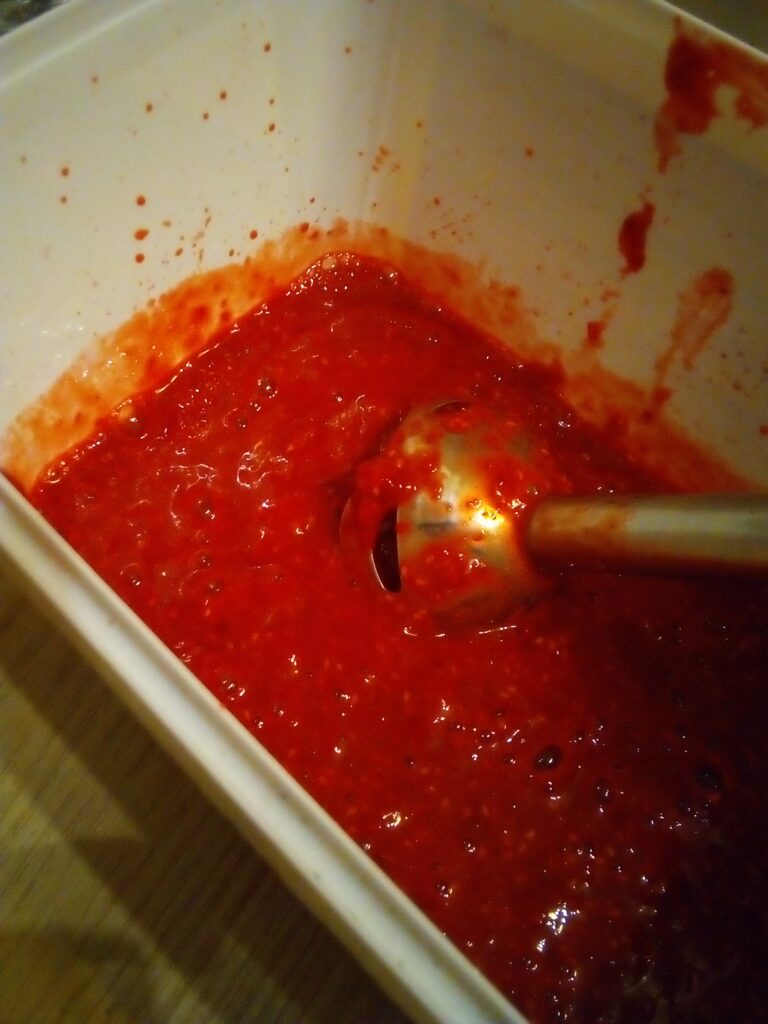
What’s the best sweetener ratio for homemade fruit leather?
Most fruits don’t need added sugar, but if you’re working with tart harvests like currants or rhubarb, a little sweetness can help. The best sweetener ratio for homemade fruit leather is about 1–2 tablespoons of honey or maple syrup per 2 cups of puree. This balances the flavor without covering the fruit’s natural taste. For the best balance, I like using Grade A Amber maple syrup (often labeled Rich Taste, e.g. organic options on Amazon)—sweet enough to lift the fruit, but gentle enough not to cover its flavor.
For the best balance, I like using Grade A Amber maple syrup (often labeled Rich Taste) — sweet enough to lift the fruit, but gentle enough not to cover its flavor. It’s also my go-to when finding the best sweetener ratio for homemade fruit leather, especially with tart berries or apples. If you shop online, you’ll find many organic options; one example is Coombs Family Farms Organic Amber Maple Syrup, which is available on Amazon.
Spread on trays
- Line dehydrator trays with nonstick sheets.
- Spread the puree evenly.
Best temperature for dehydrating fruit leather
- Set dehydrator to 135–140 °F (57–60 °C) for standard drying.
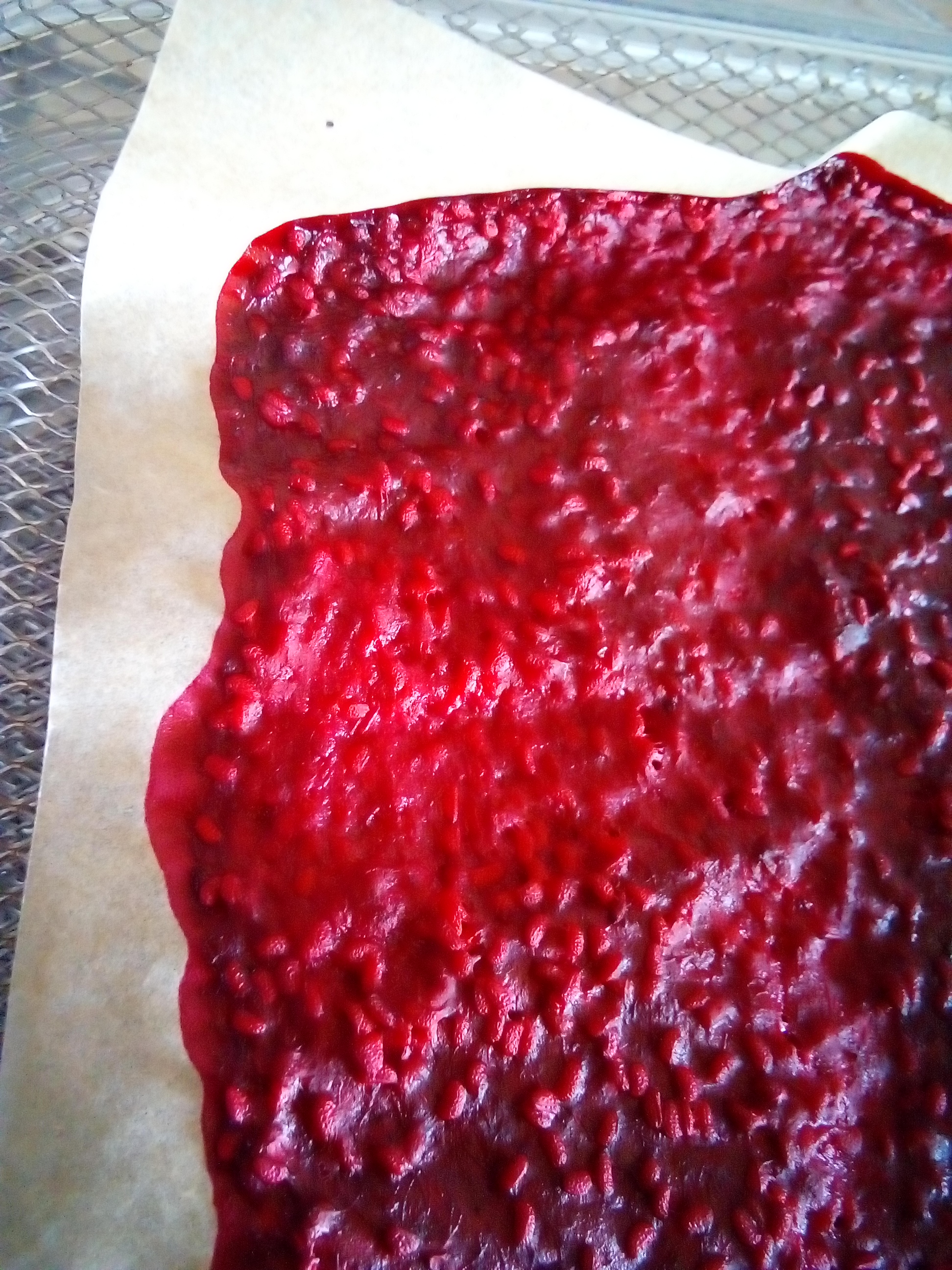
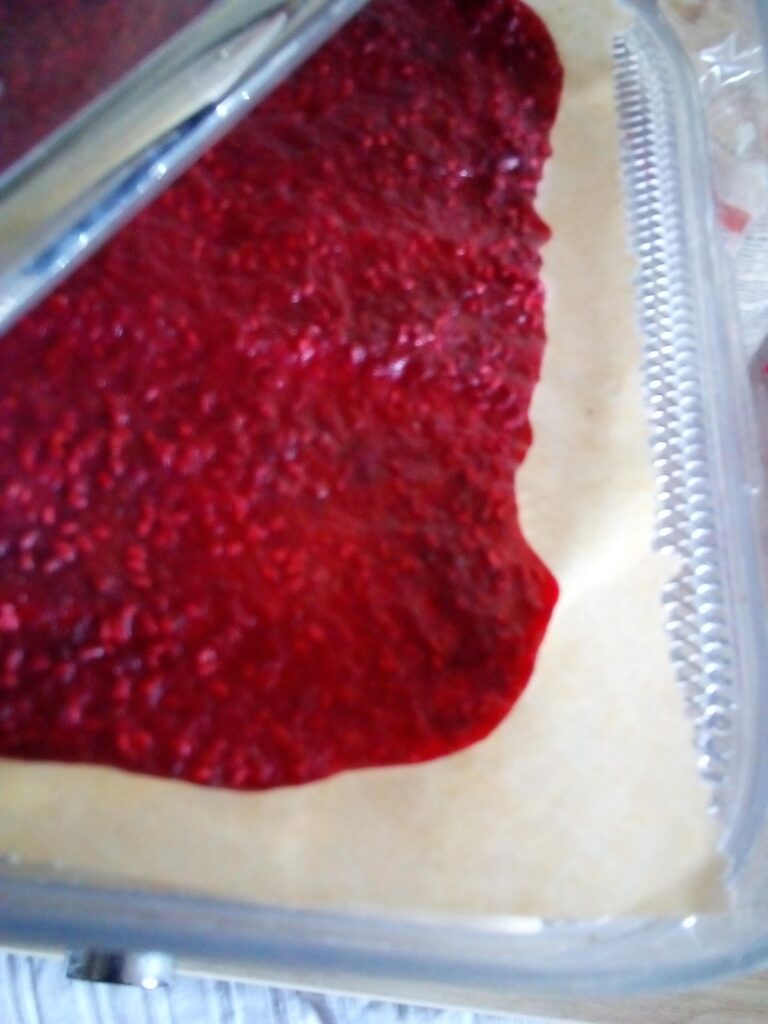
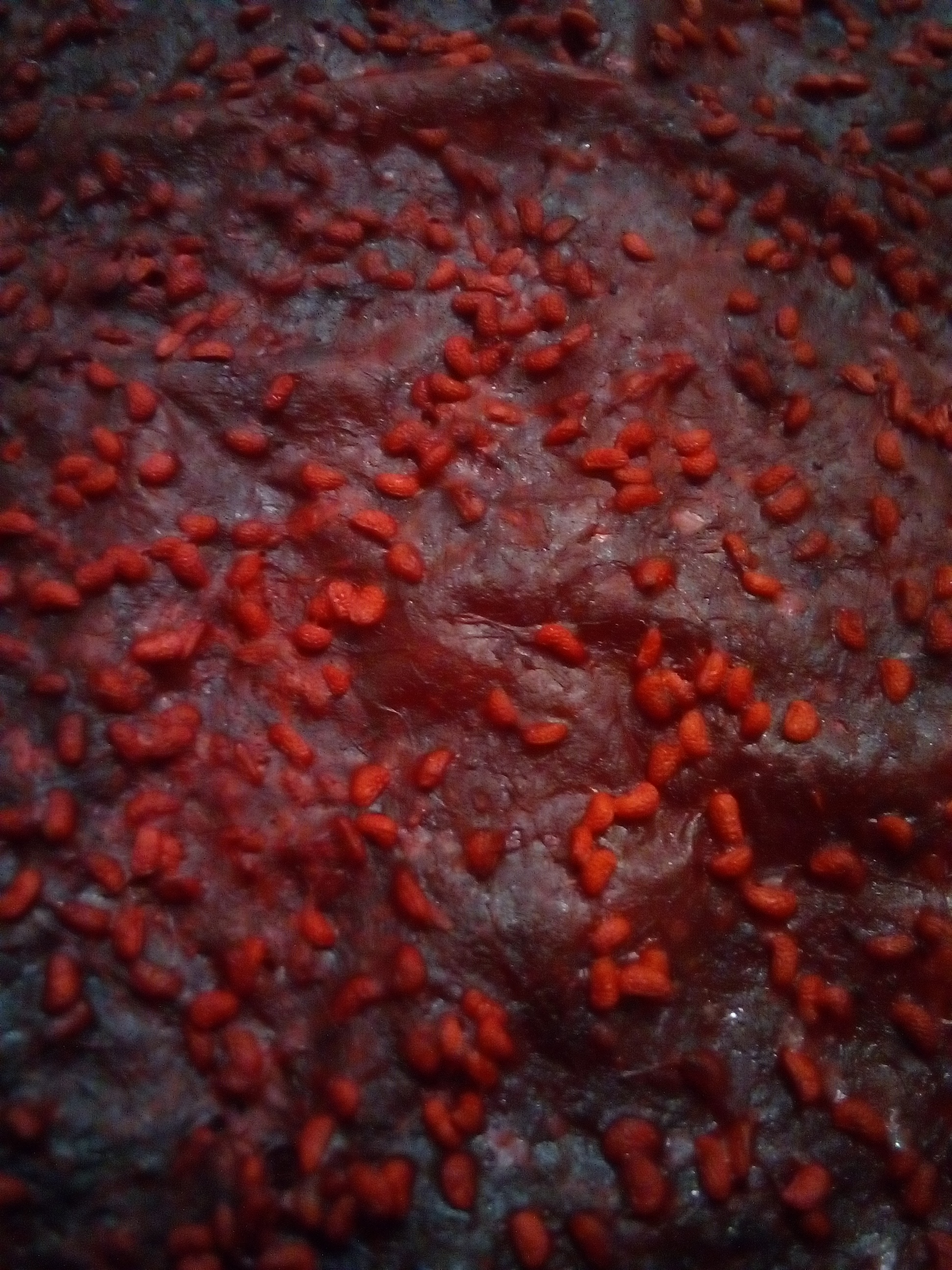
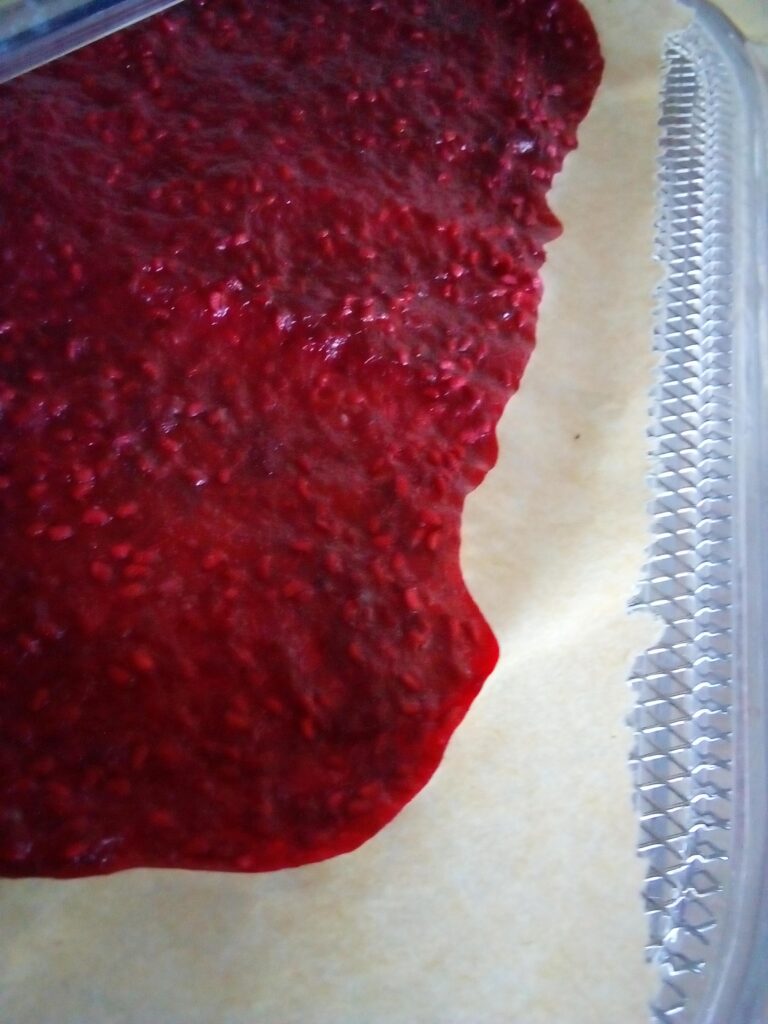
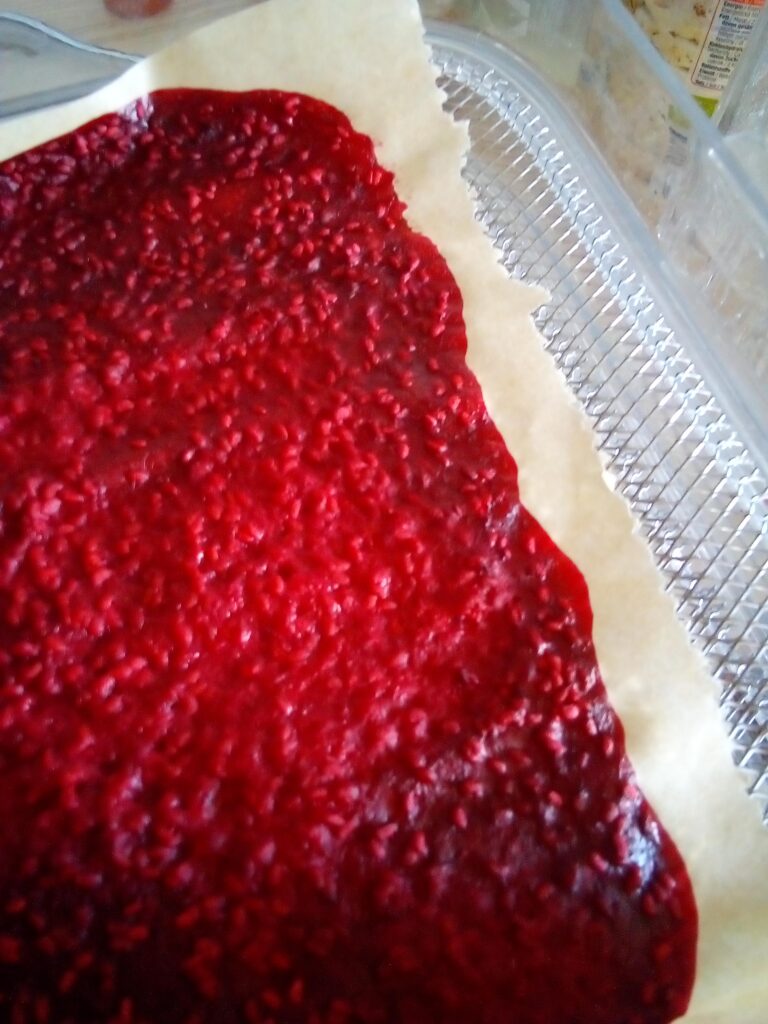
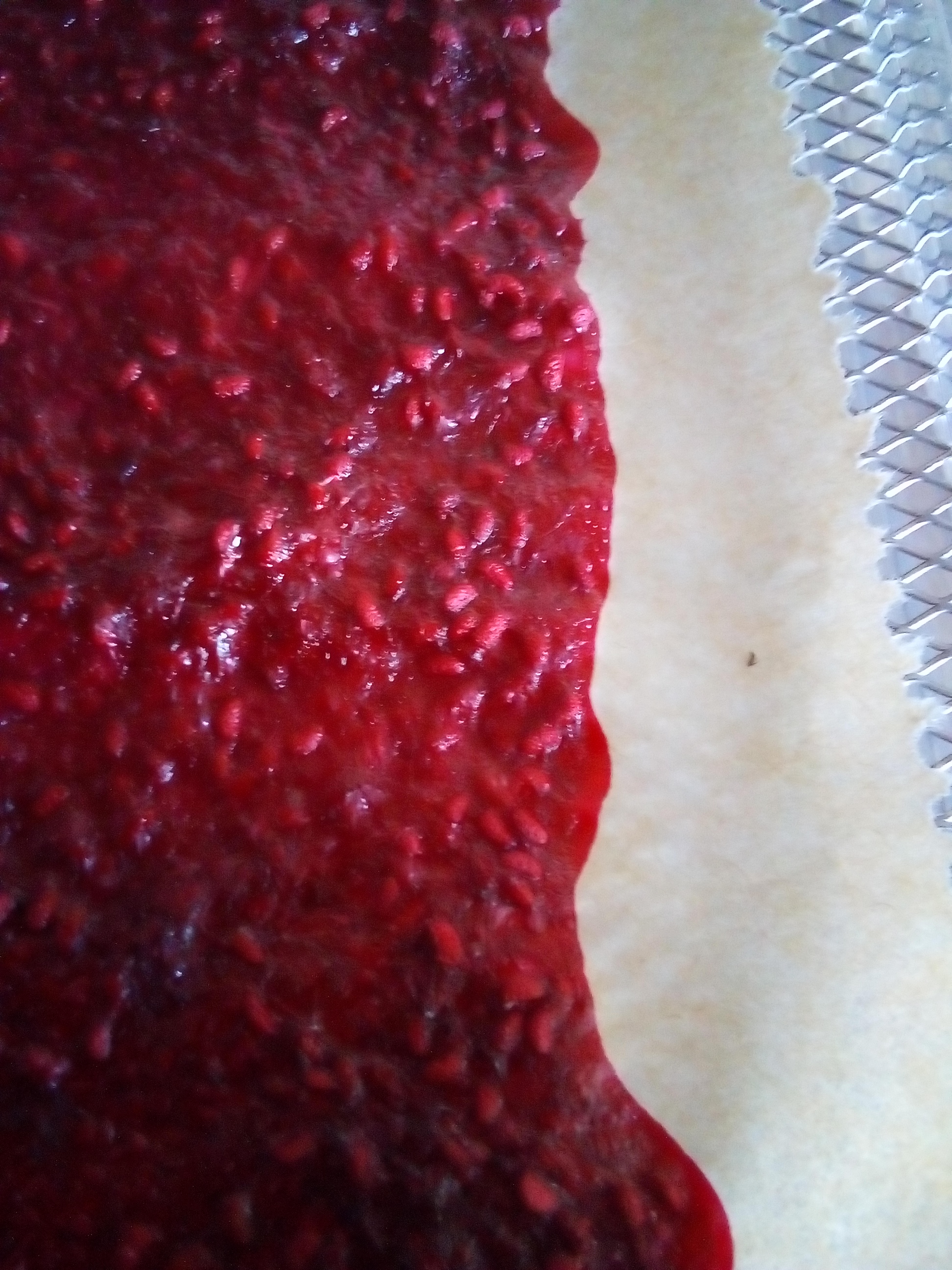
How long does it take to dehydrate fruit leather?
When people ask me how to make fruit leather in a dehydrator, this is the part they’re most curious about: the waiting. Usually it takes around 6–12 hours, depending on the mix. Thin berry purees are done in just 3–4 hours, while thicker apple or pear blends may need the whole night. I’ve learned to see it not as waiting, but as giving the fruit time to transform—slowly, gently—into something you can roll, store, and share.
And here’s my simple rule of thumb: if it peels away easily without sticking, it’s ready.
- Usually 6–12 hours
- Thin berry purees: 3–4 hours
- Thick apple/pear mixes: overnight
Troubleshooting: why does my fruit leather crack or stick?
- Cracking = too thin or overdried.
- Stickiness = too thick or under-dried.
- If it’s too soft, return it to the dehydrator for an extra hour.
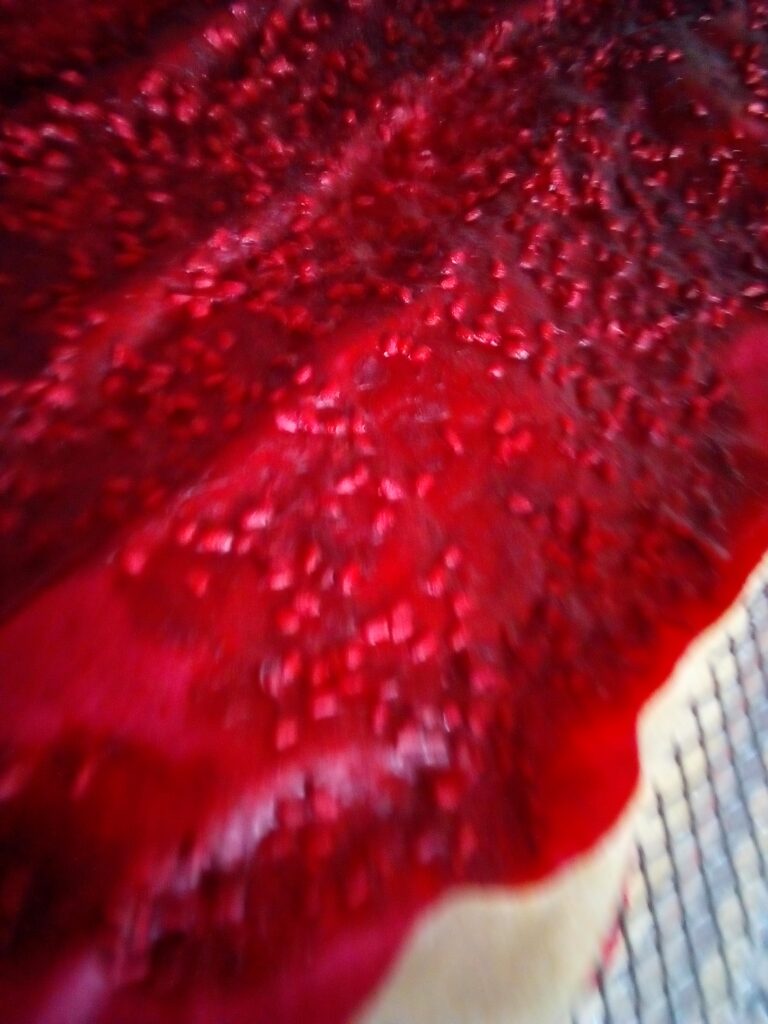
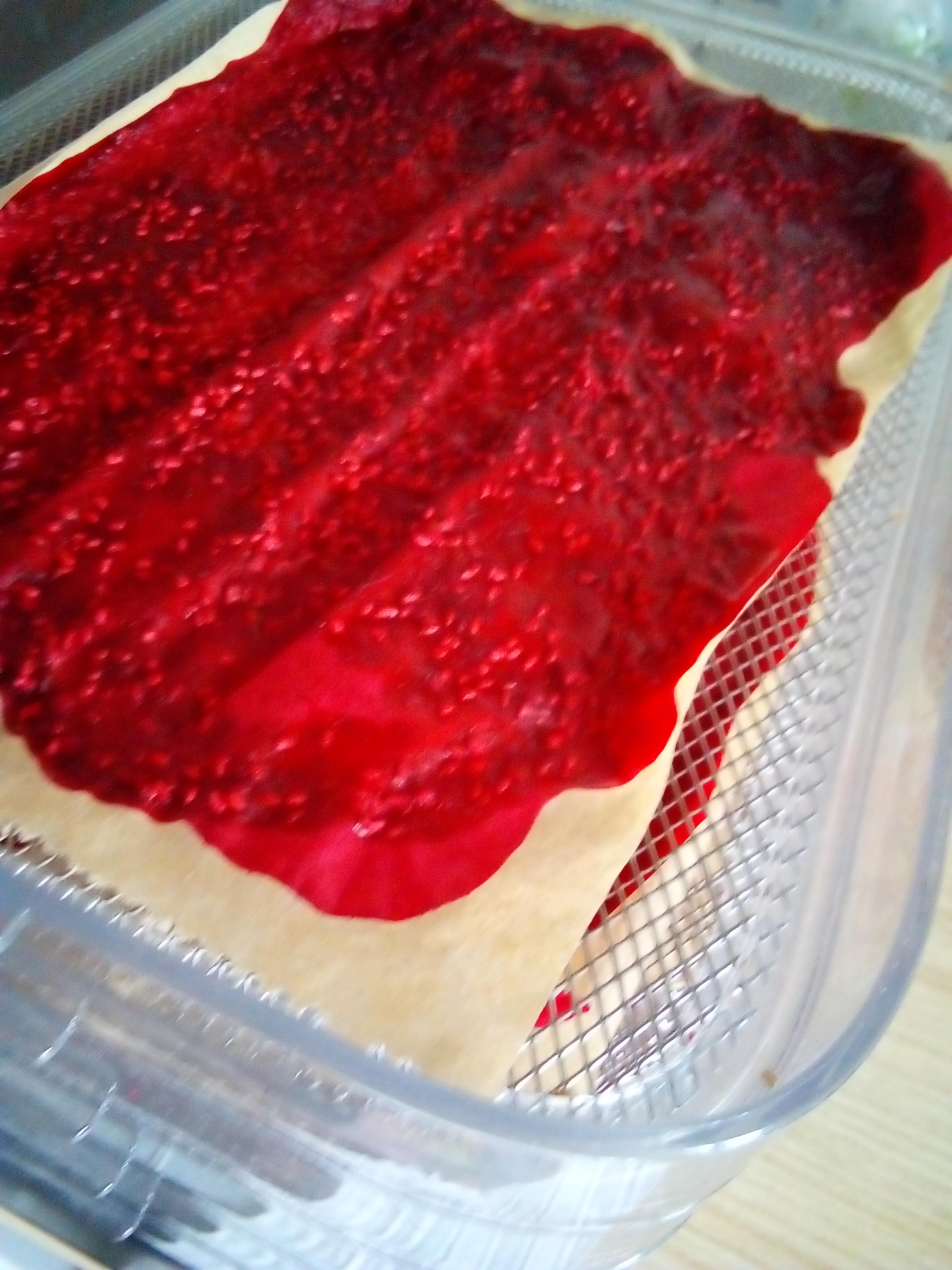
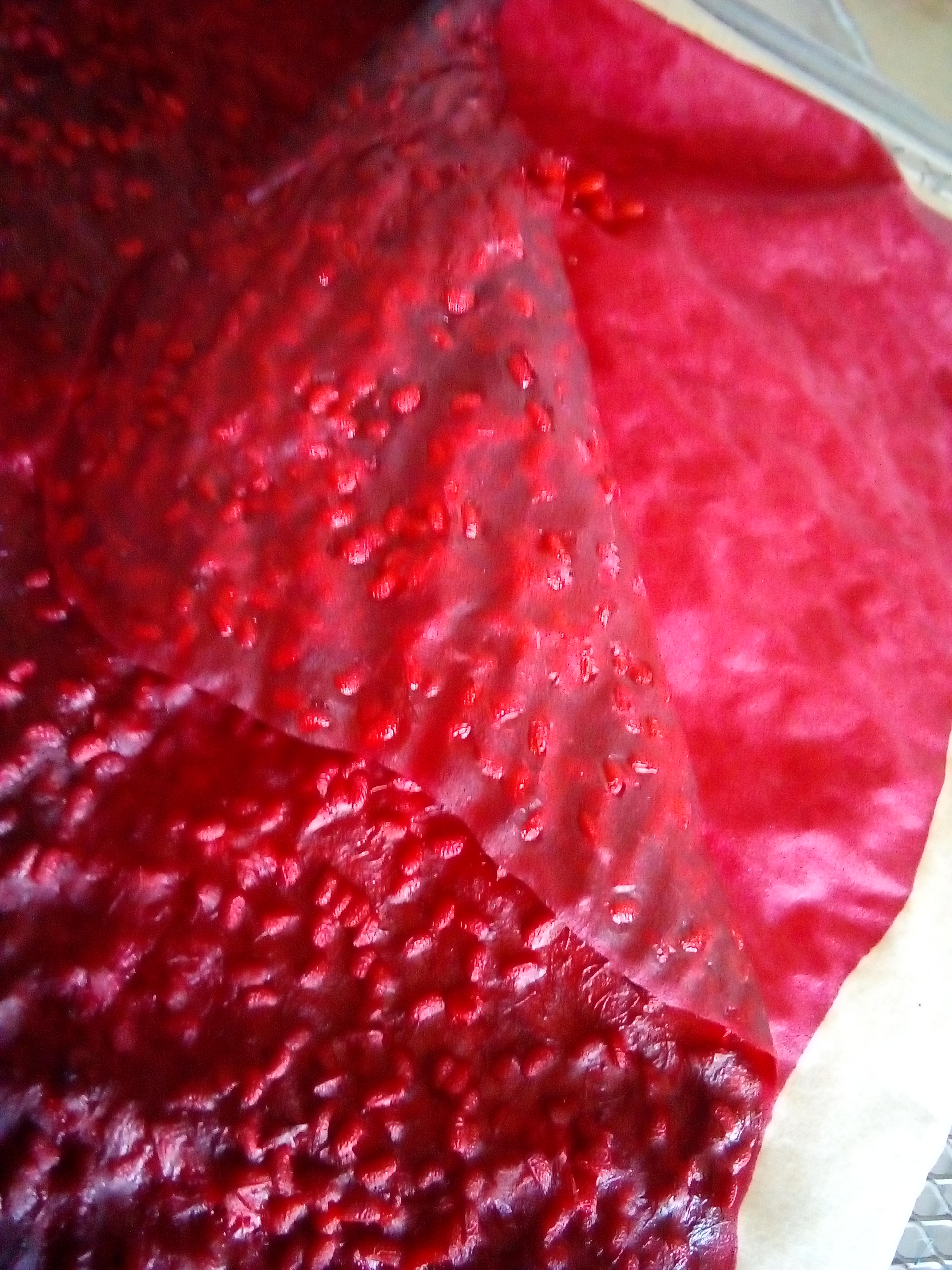
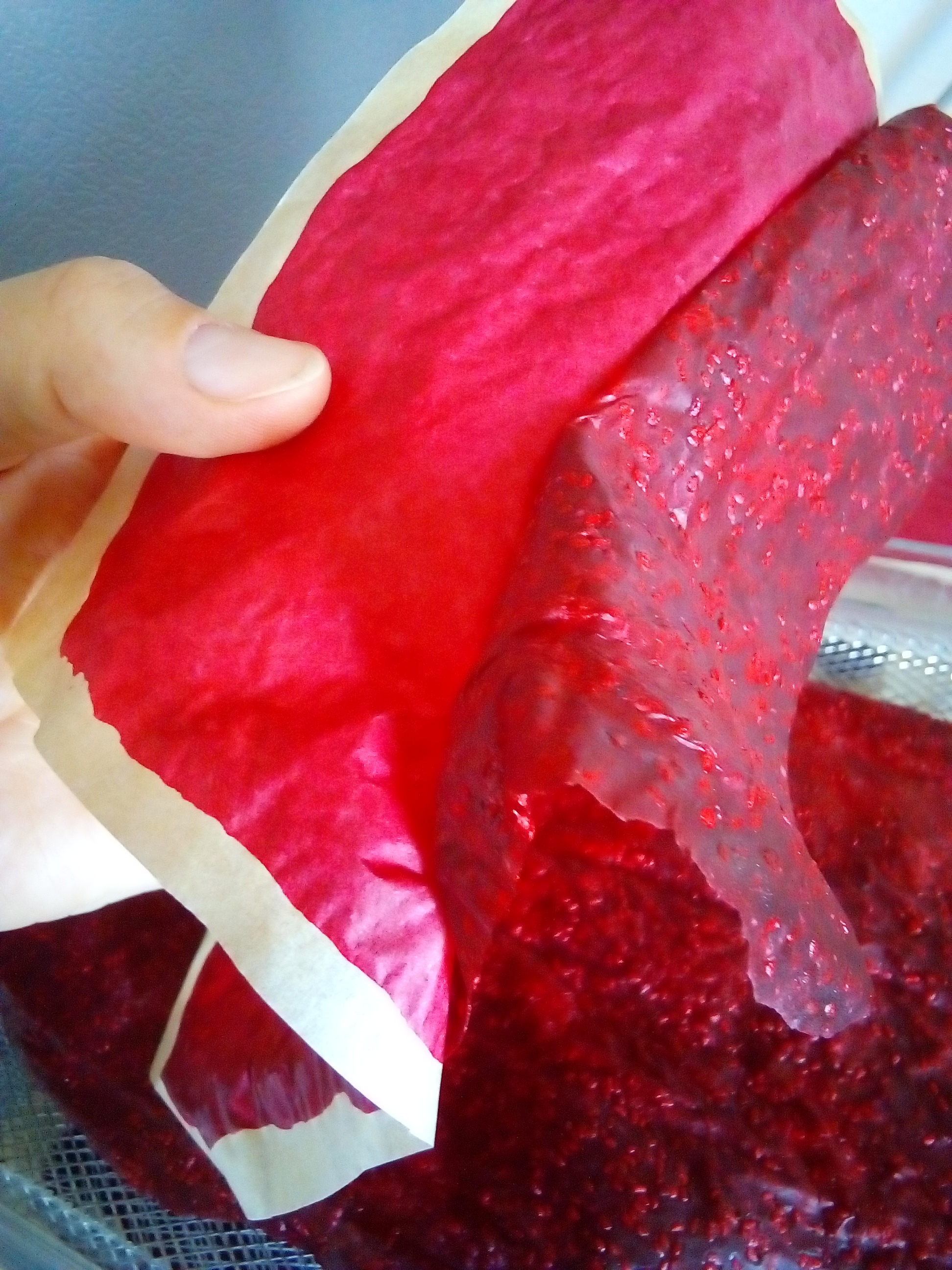
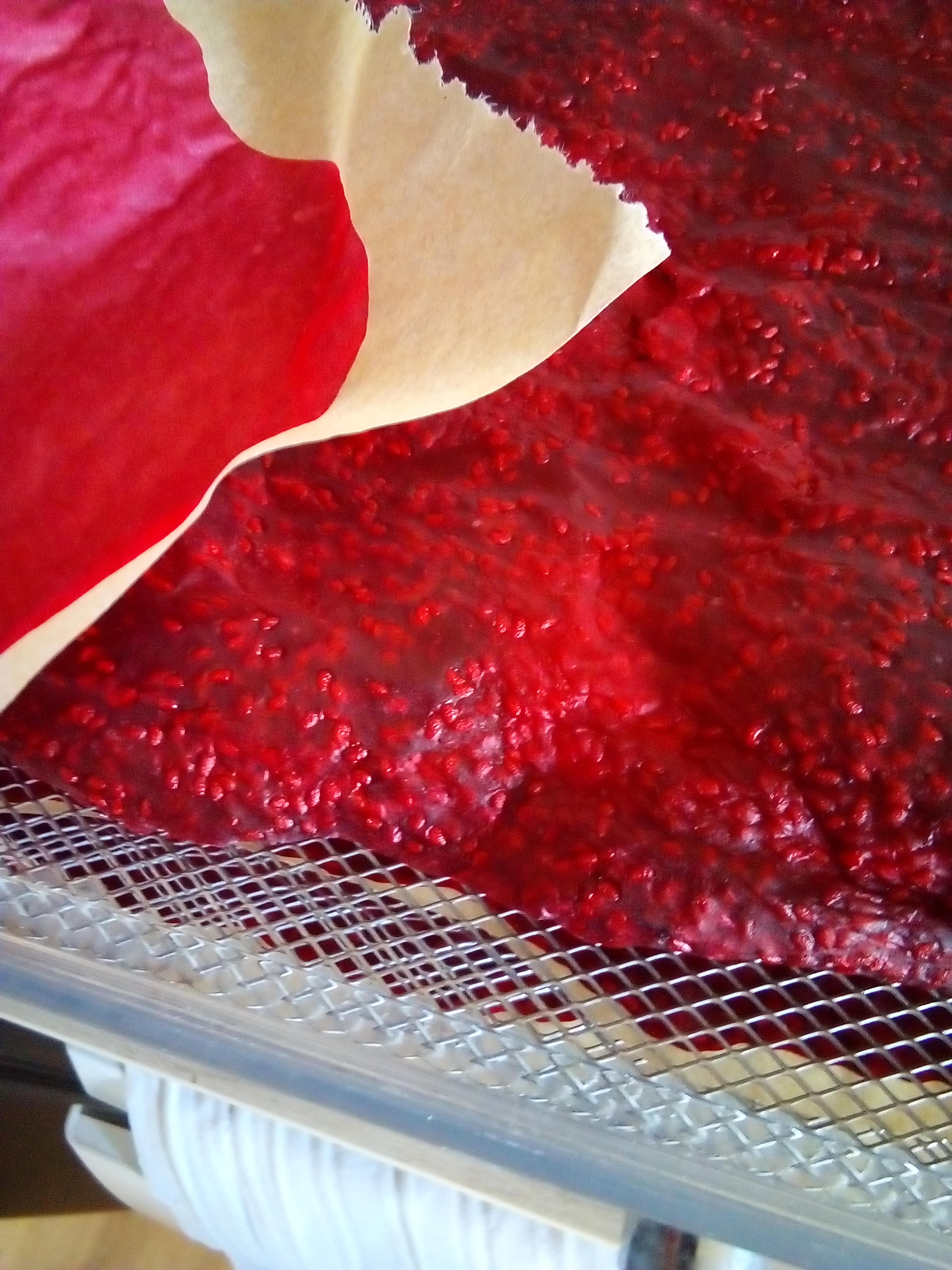
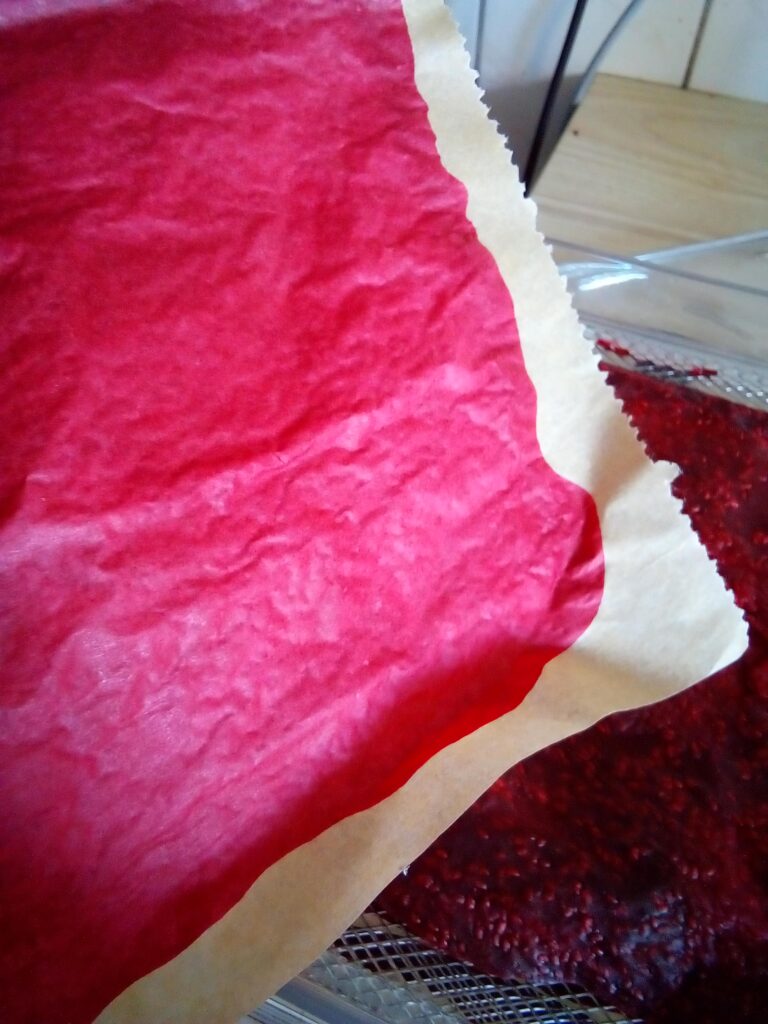
Cool and store
I always wait until the fruit leather has cooled fully. It feels more solid, less sticky on the fingers. Then comes the fun part: gently peeling it from the sheet, like lifting a little garden secret off its bed. I slice it into strips and roll them in parchment. Frida used to say, “Patience is part of the flavor.” And she was right—this simple rhythm is all you need when you wonder how to cool, peel, and store homemade fruit leather strips. They’re ready for lunchboxes, walks, or those quiet moments when you just need something sweet and true.
- Let cool fully
- Peel from the sheet
- Slice into strips and roll in parchment
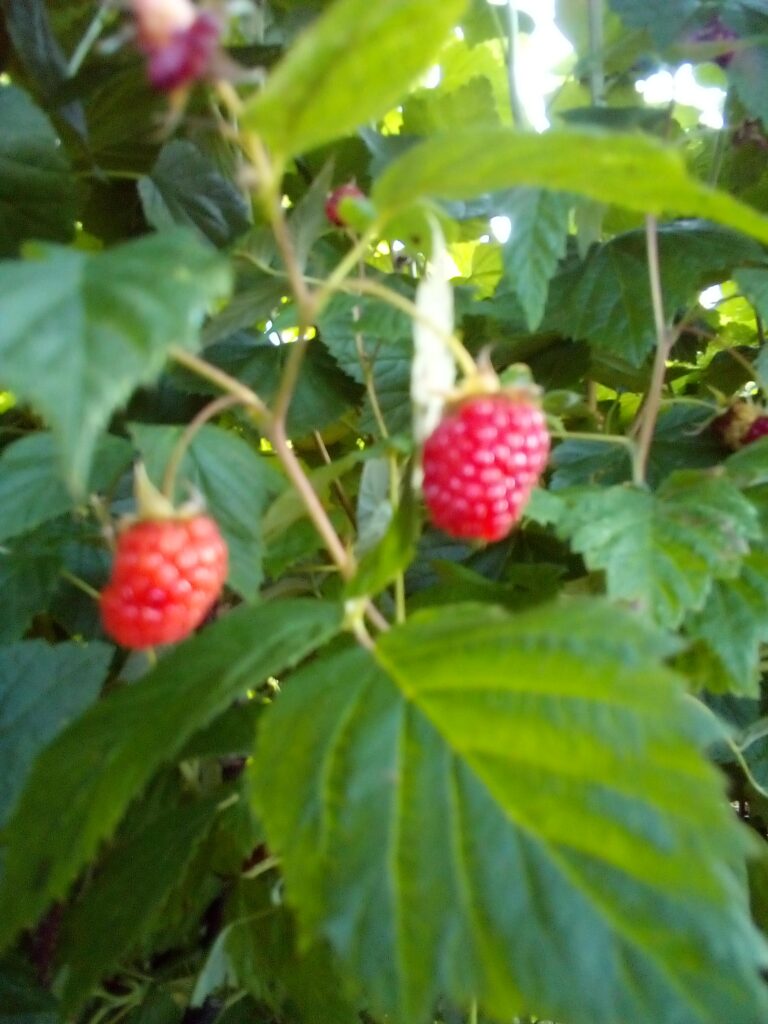
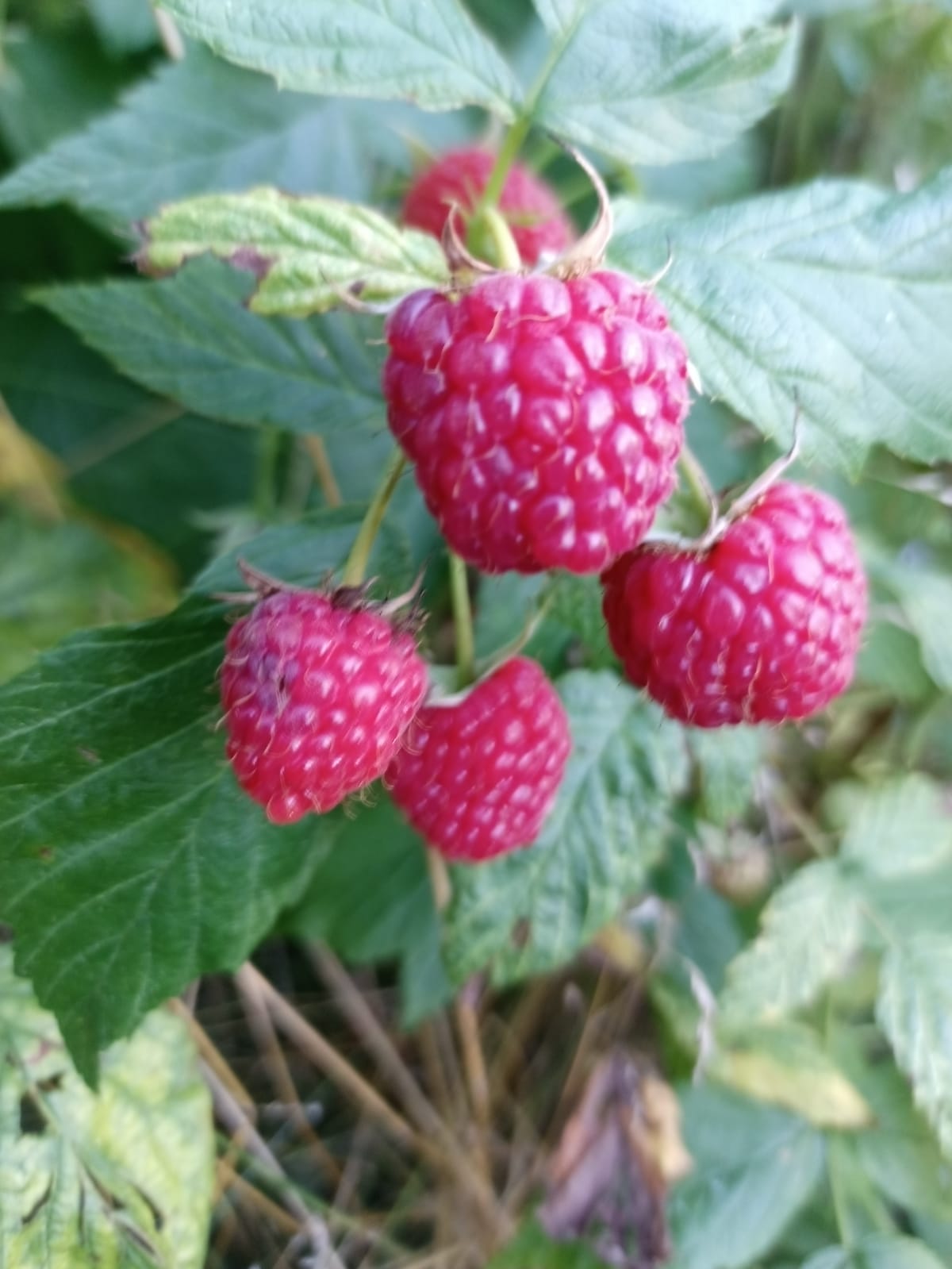
Quick Raspberry Fruit Leather Recipe – No Sugar Added
If you’re short on time, here’s the simplest way to make raspberry fruit leather in a dehydrator:
- Puree the raspberries – no sugar needed; their natural tart-sweet flavor is enough
- Spread on baking parchment – line the mesh trays with parchment paper, cut to about 10.1×7.0 in (25.7×17.8 cm). This way, the puree stays in place, doesn’t drip through, and air can still circulate. Spread in a thin, even layer ⅛–¼ in (3–6 mm).
- Dry until pliable – usually 8–11 hours at 135 °F (57 °C), longer if drying under 118 °F for raw food quality
- Cut and roll – slice into strips and roll up
- Store in the pantry – in a cool, dark cupboard or root cellar for up to one year
Because raspberries have tiny seeds, each bite has a subtle crunch — a little adventure inside every strip.
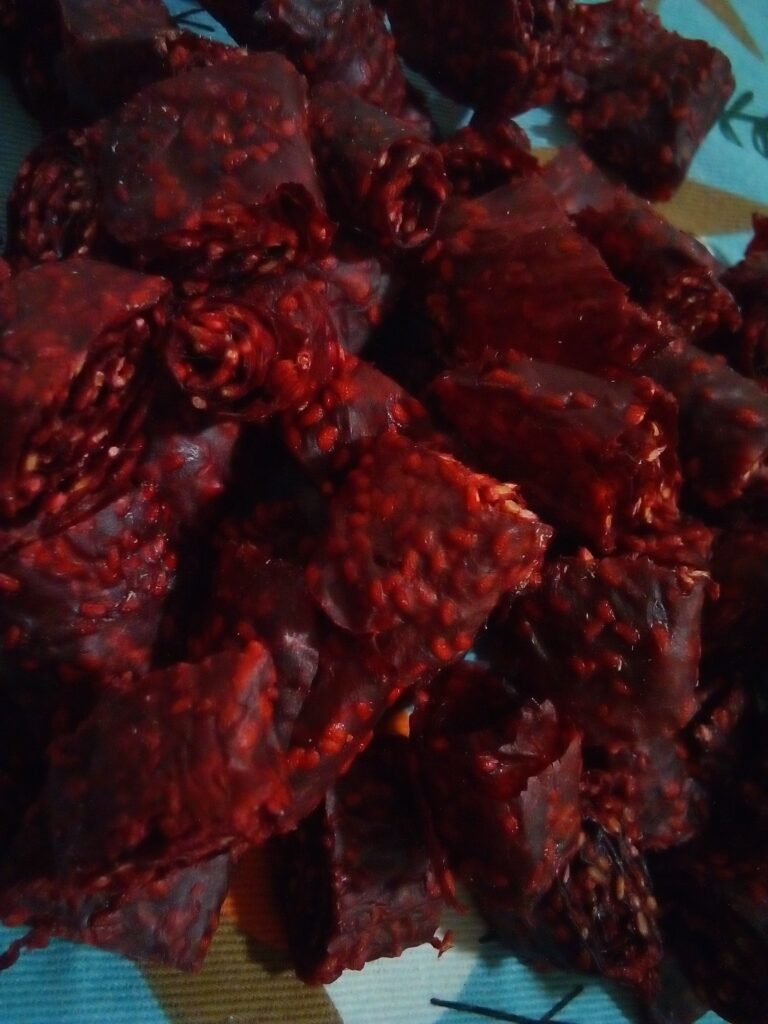
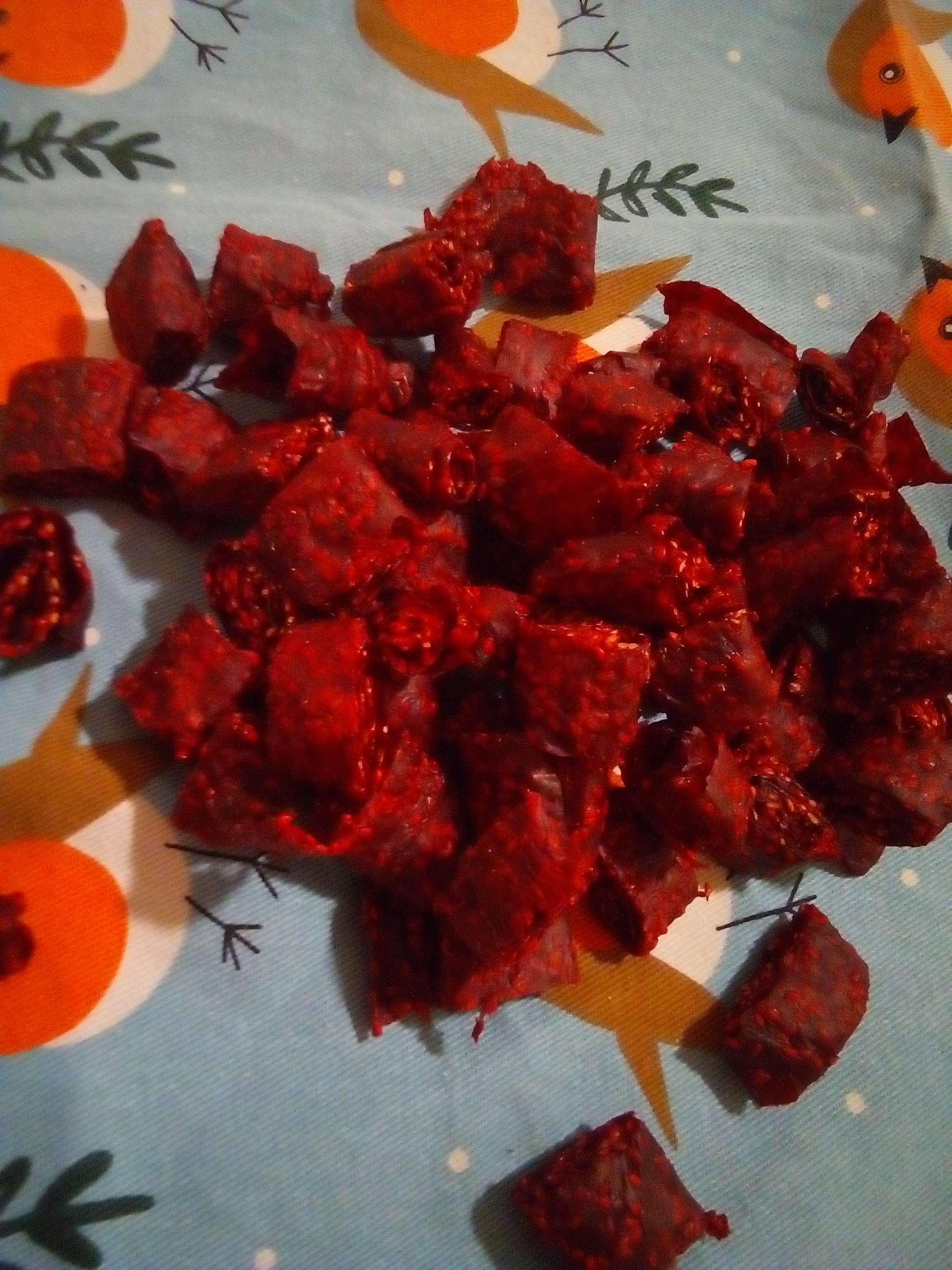
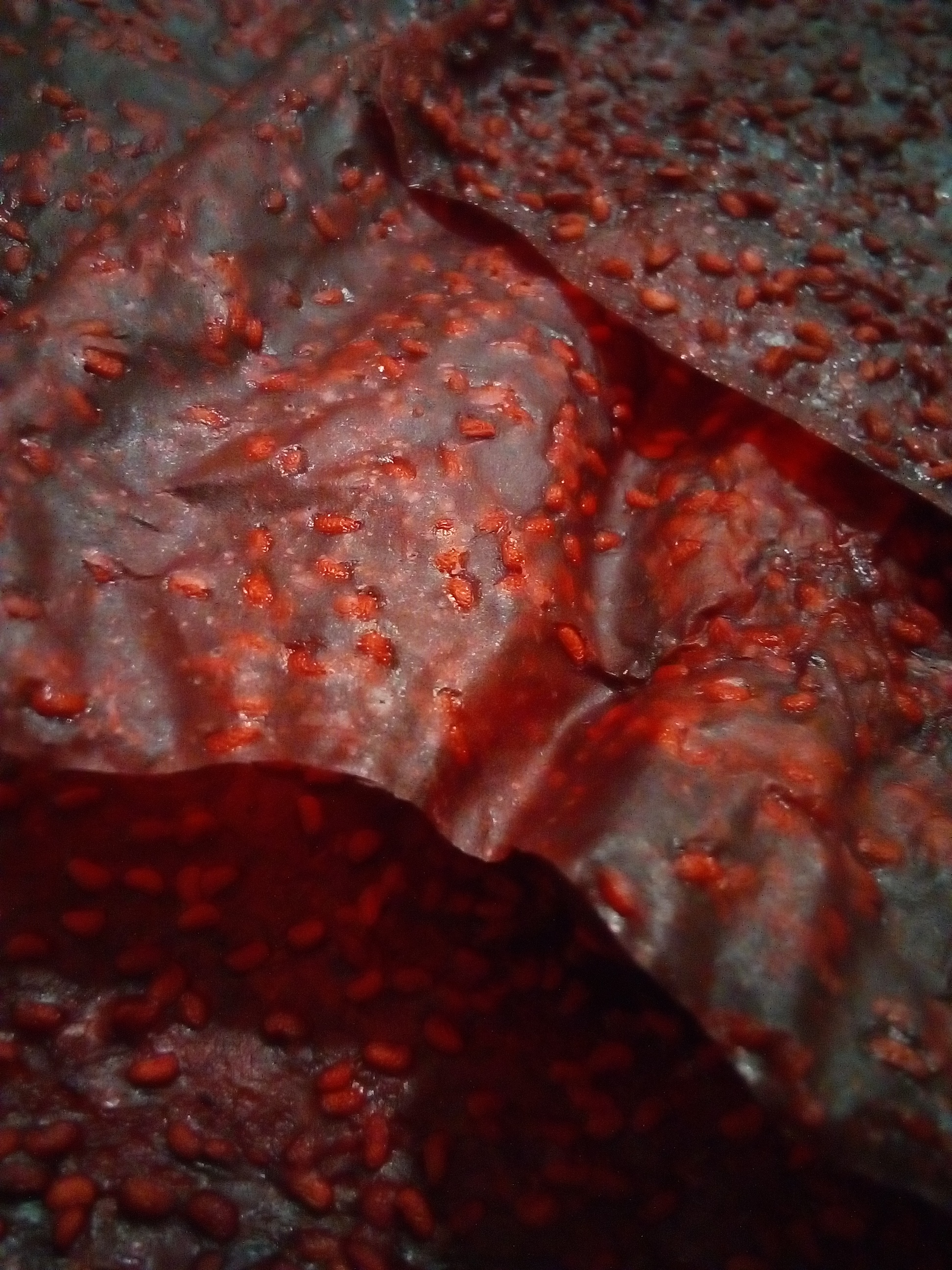
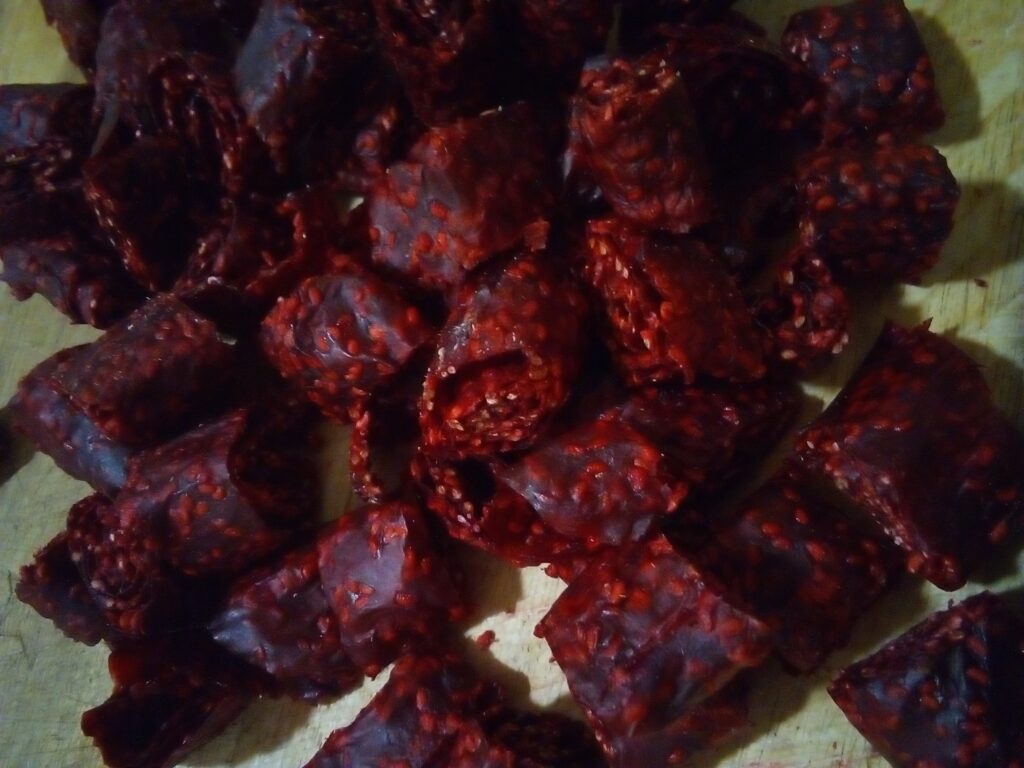
The Dehydrator I Use for Fruit Leather
For this recipe I use a mid-range food dehydrator – compact, reliable, and with stackable trays: BNLCD Dehydrator. It’s easy to clean and dries fruit leather evenly if you rotate the trays halfway through. Perfect for late summer harvests when the freezer is already full.
- Curious about the details? I’ve written a full review: Best Food Dehydrator Under $300 – Is a $250 Model Worth It? In it, I share pros, cons, and practical tips from my own kitchen.
- Want to check it out yourself? Here’s the food dehydrator I use on Amazon.
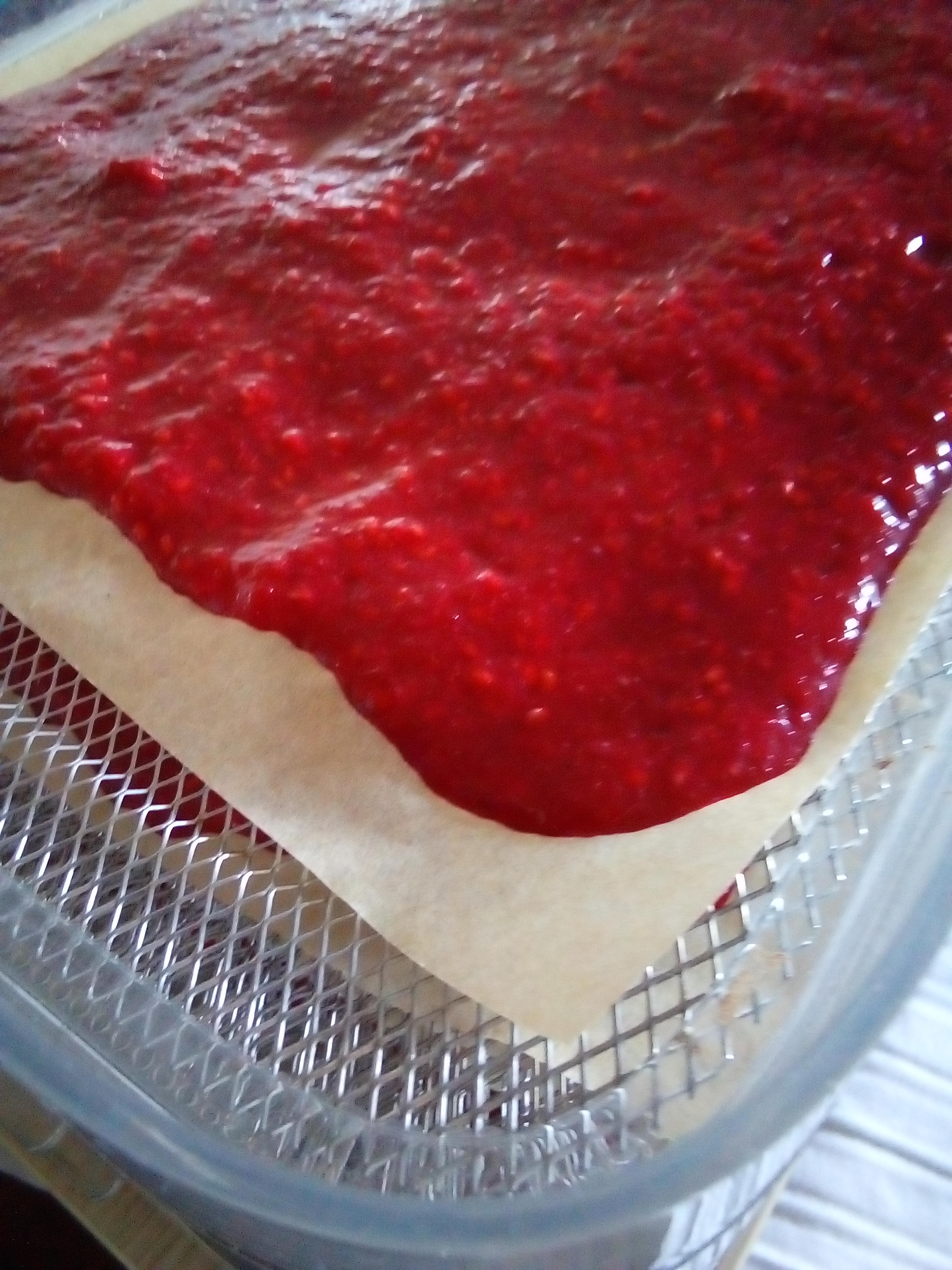
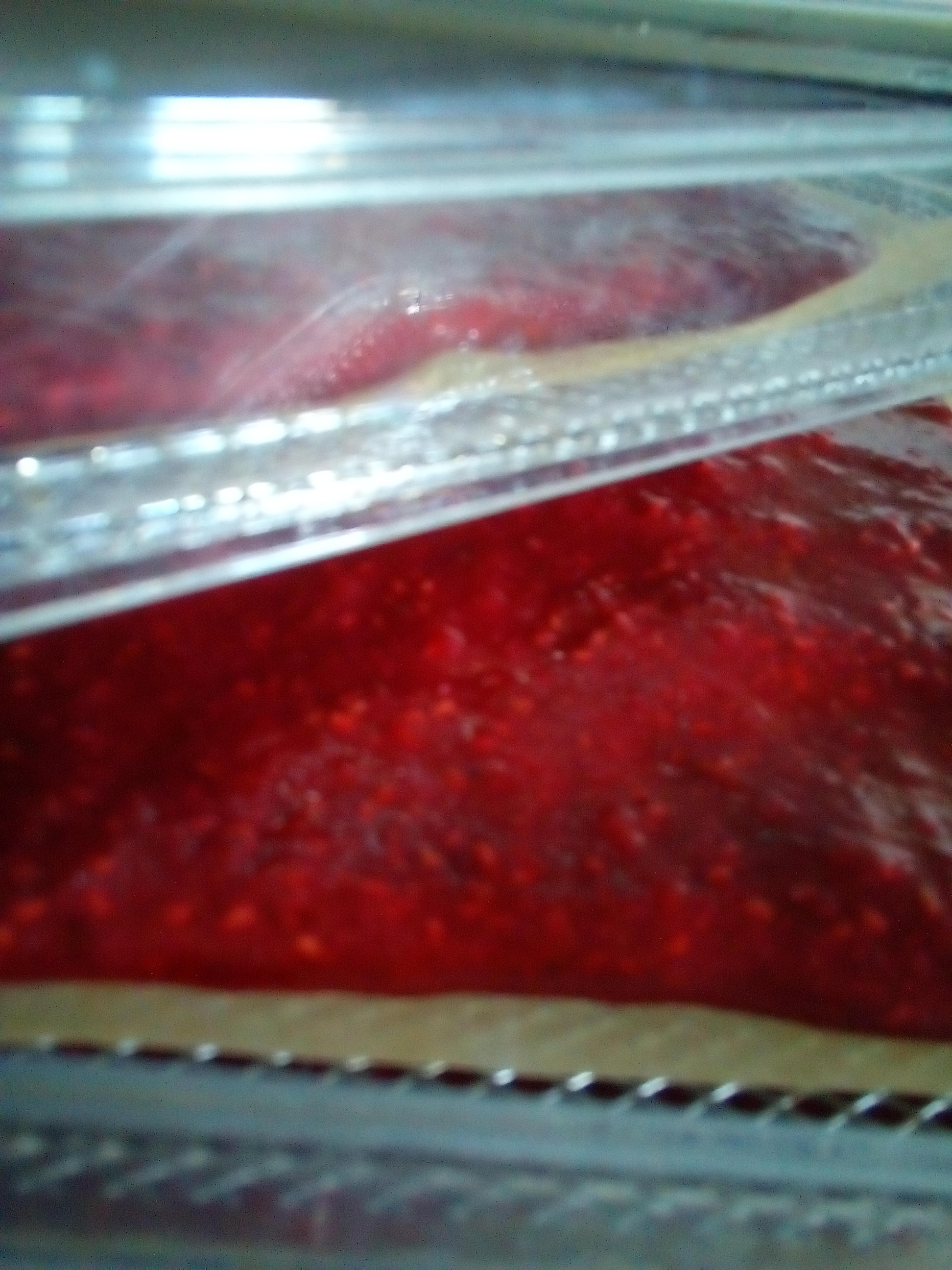
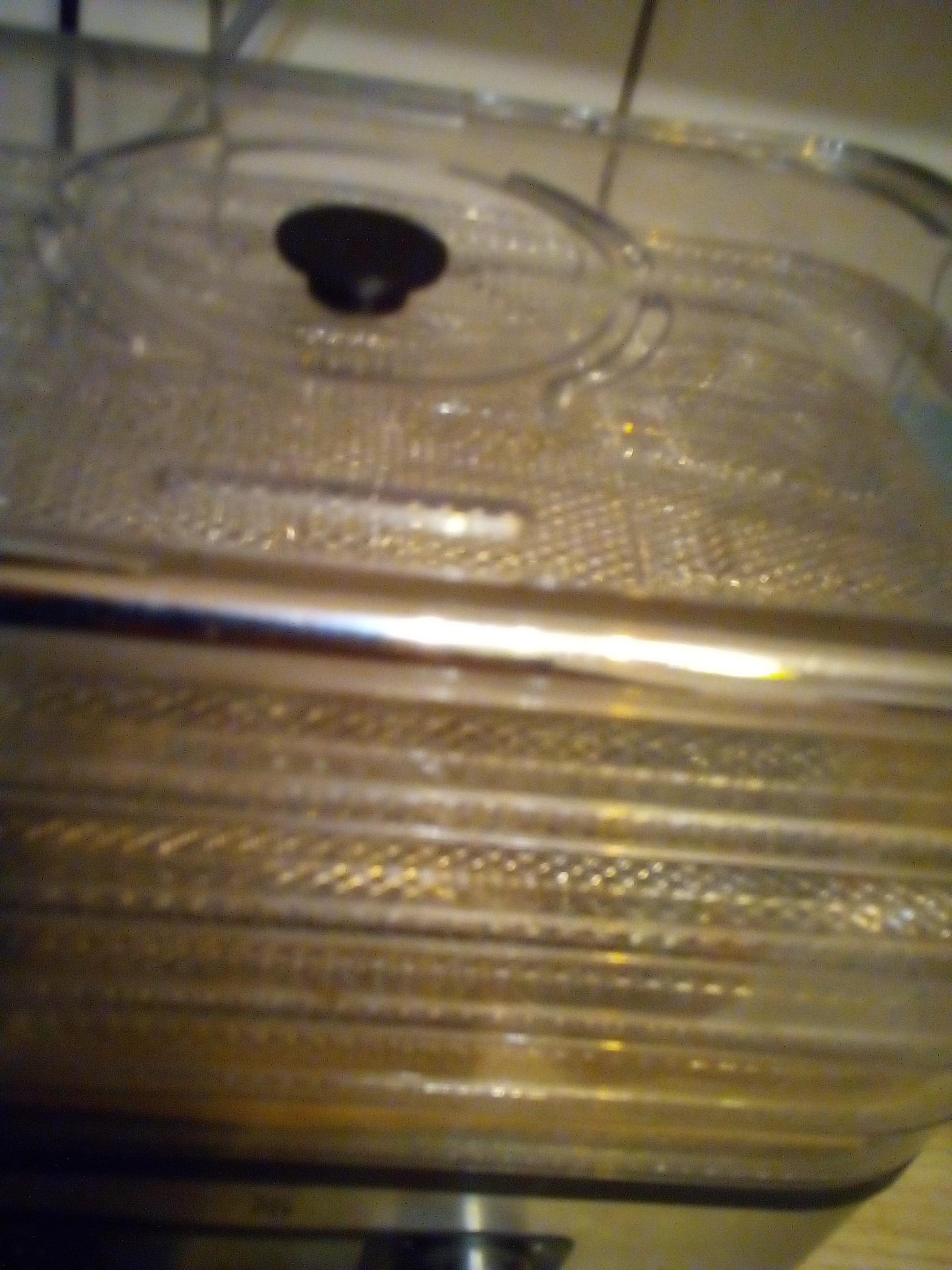
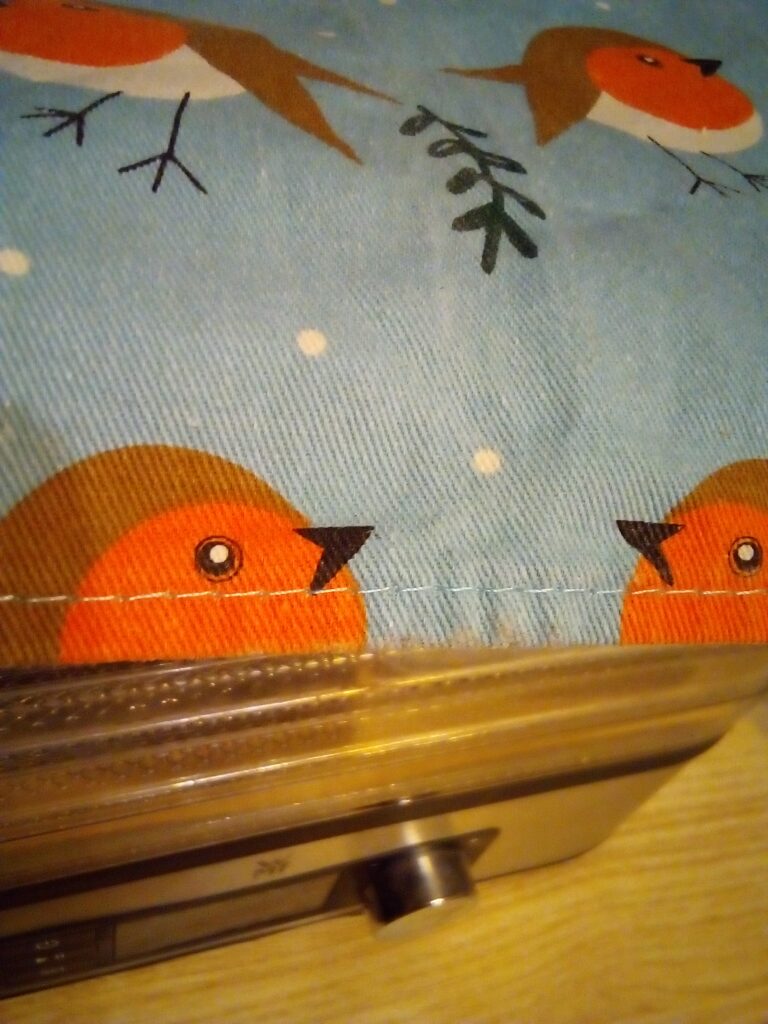
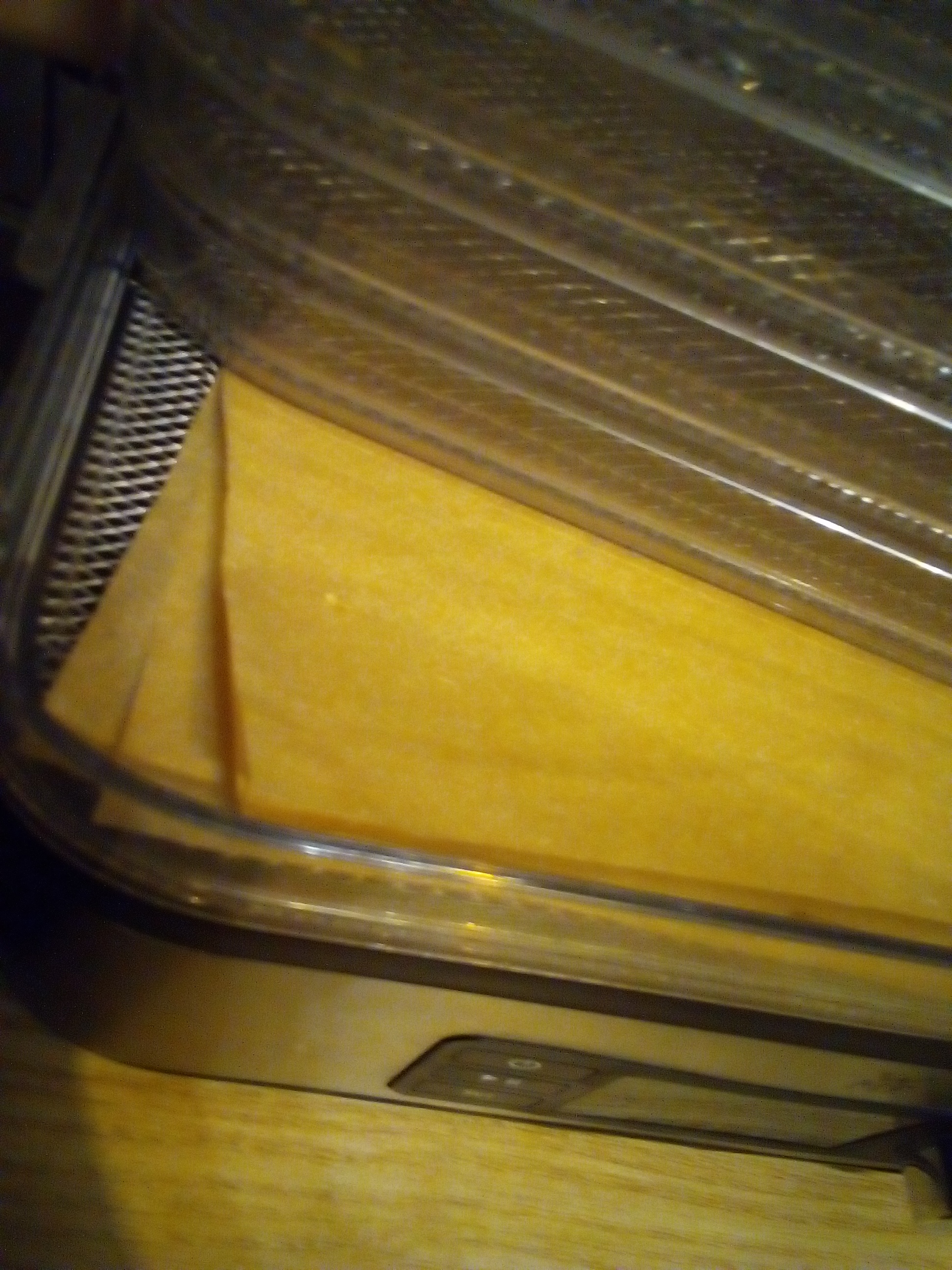
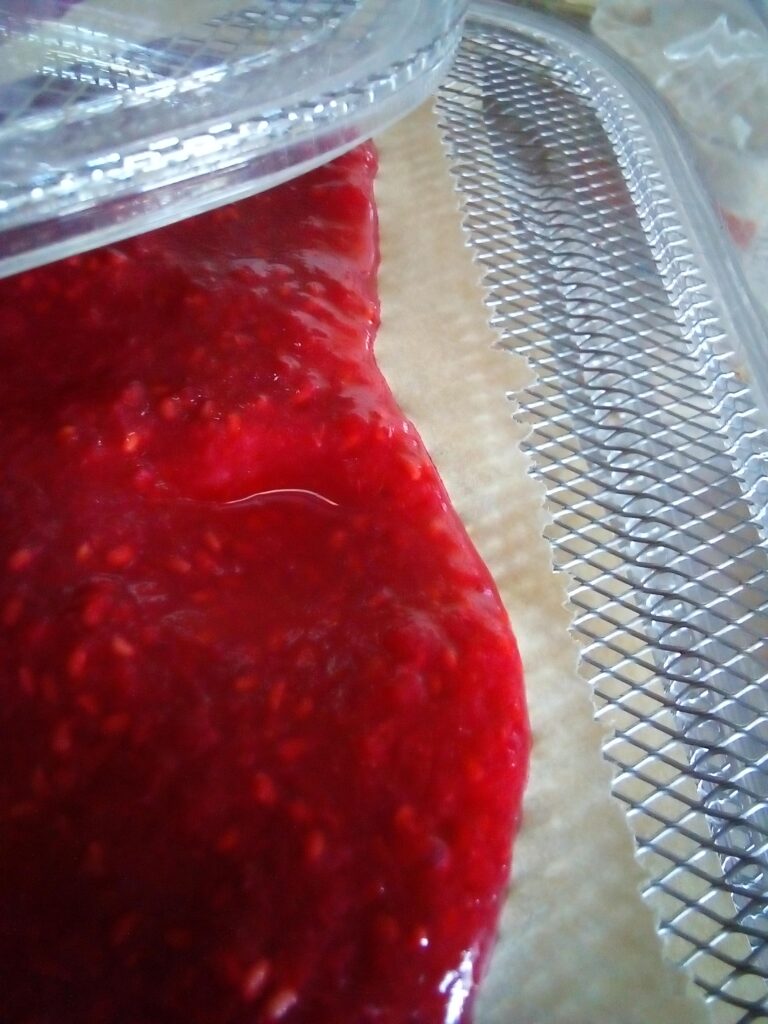
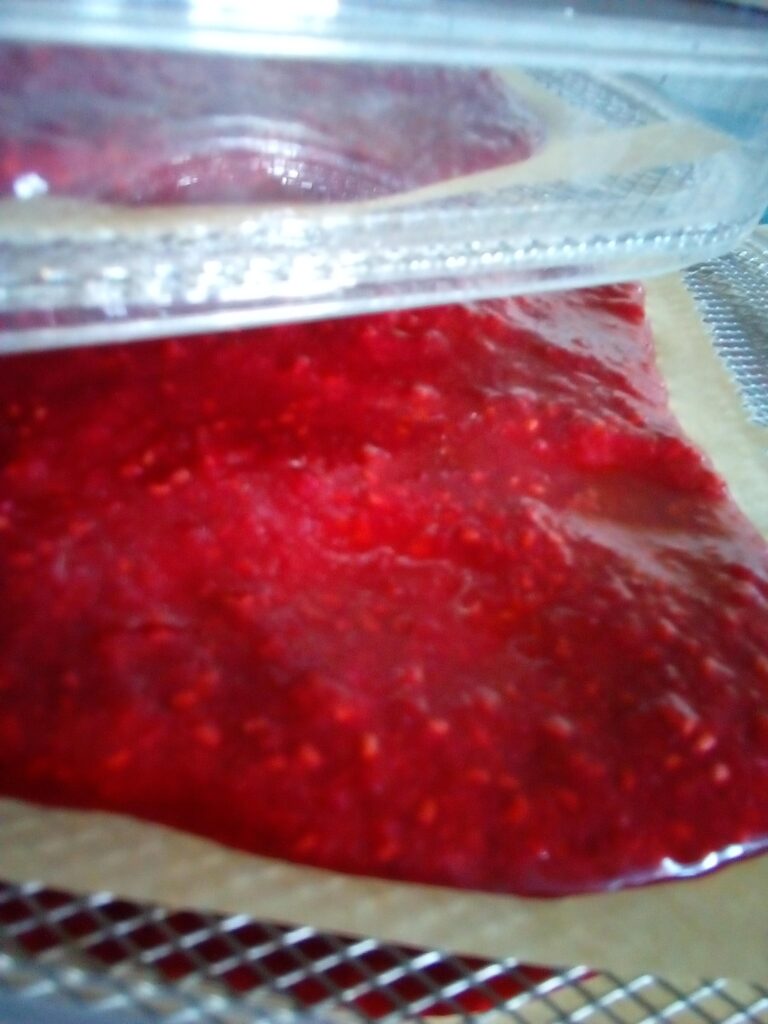
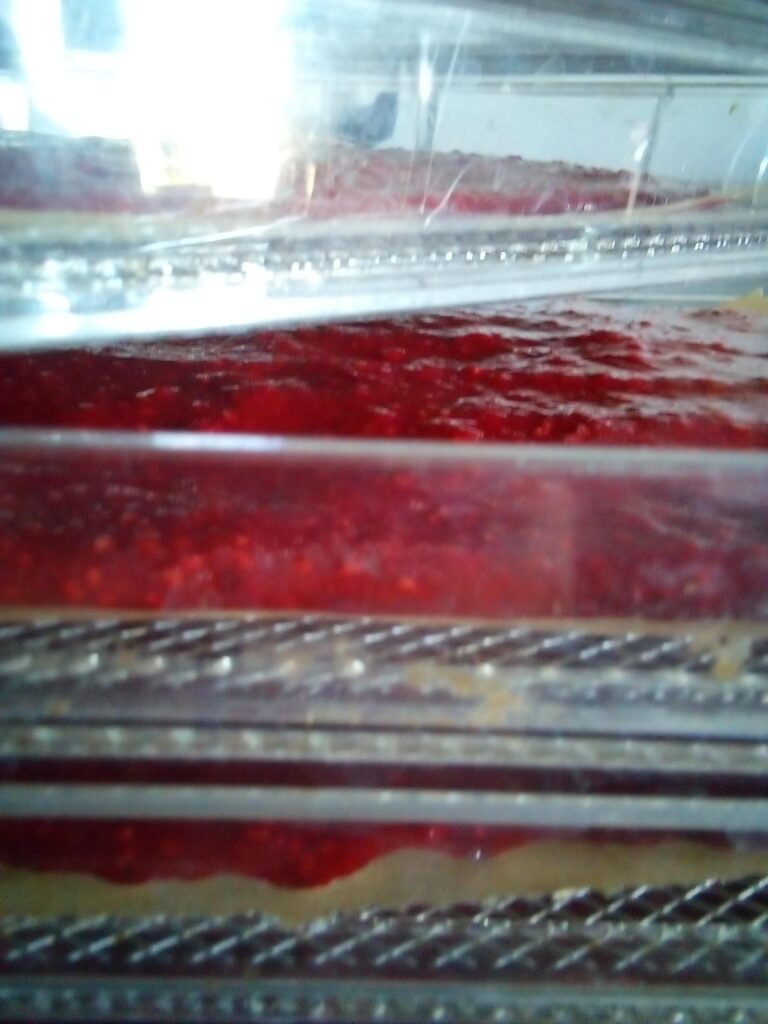
Raw Food Quality & Nutrient Preservation
For raw food lovers, keep the drying temperature below 113 °F (ca. 45 °C).
- Preserves vitamins, enzymes, and antioxidants
- Slower process (up to 24 hours)
- Ideal for delicate berries like raspberries or strawberries
- Flavor and color remain brighter and fresher
How to Store Homemade Fruit Leather
Once cooled and cut, store airtight in jars, tins, or freezer bags:
- Room temperature → a few weeks
- Fridge → several months
- Freezer → up to a year
Tip: rolled strips make thoughtful homemade gifts and healthy kids’ lunchbox or hiking snacks.
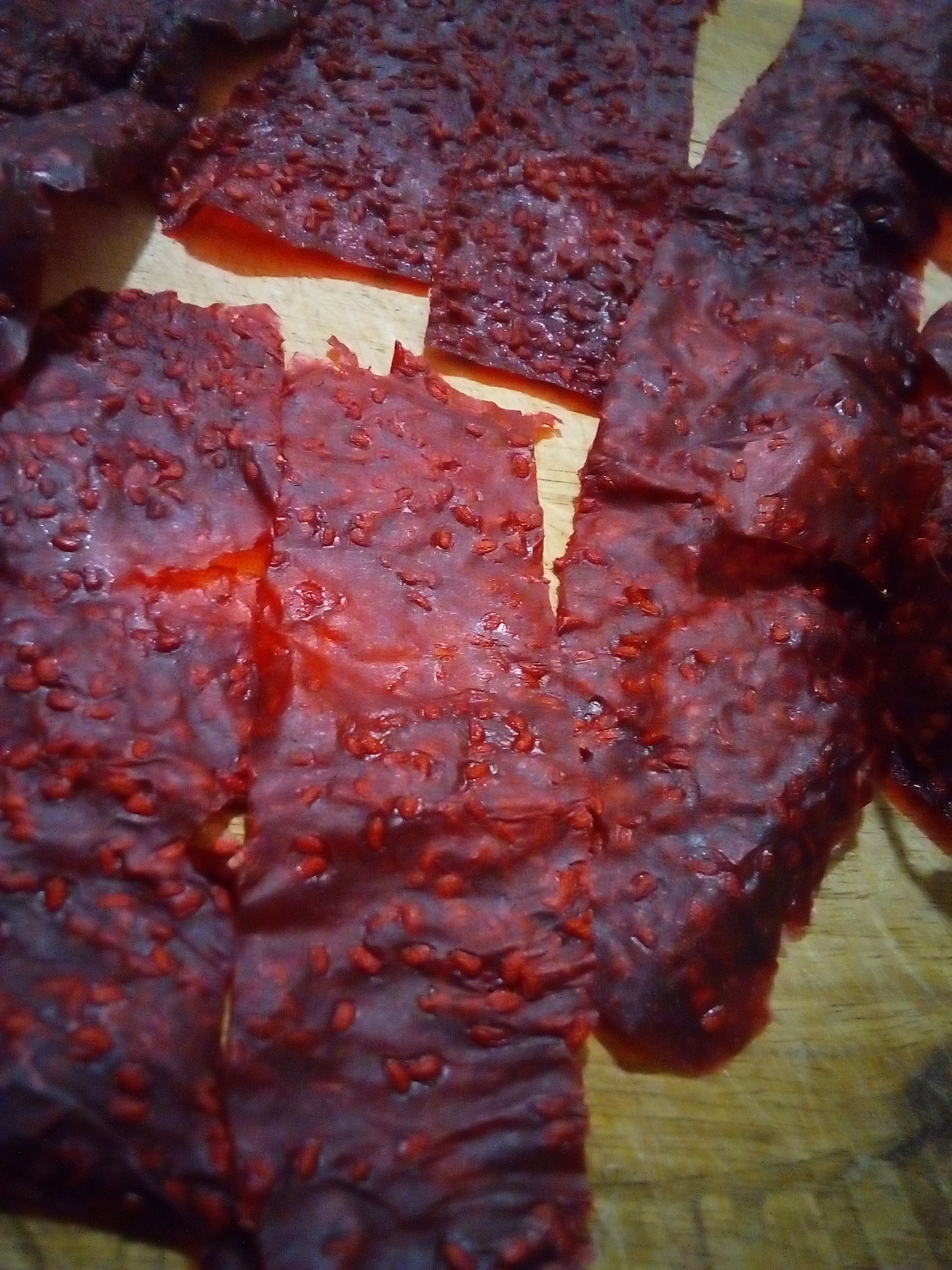
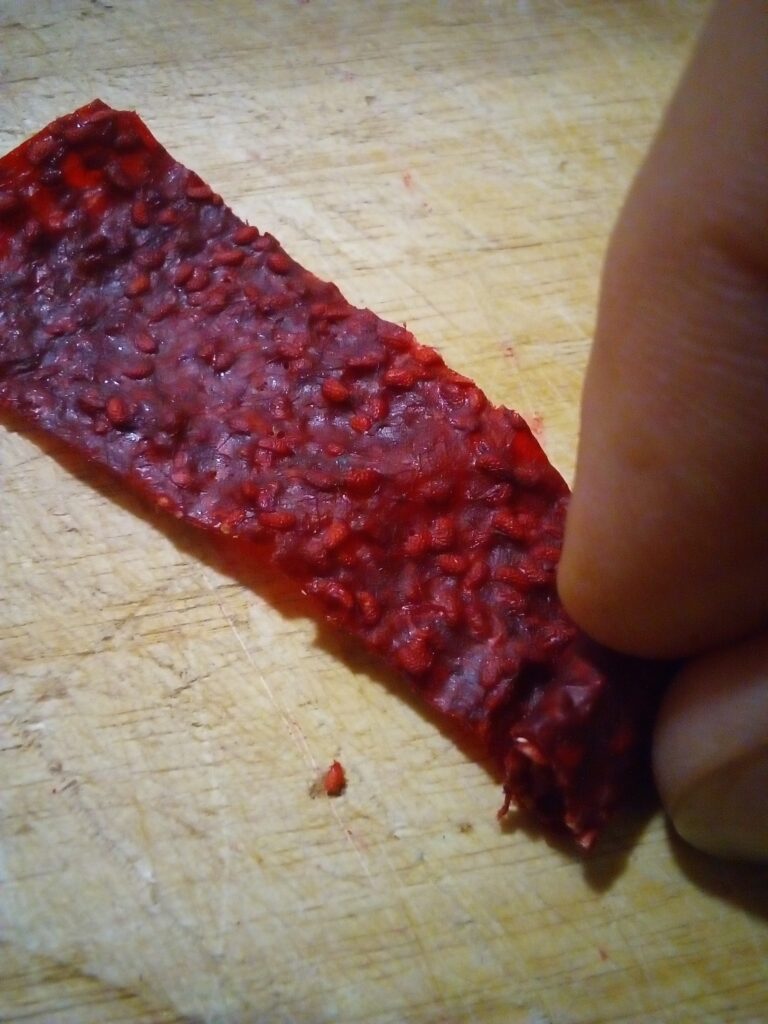
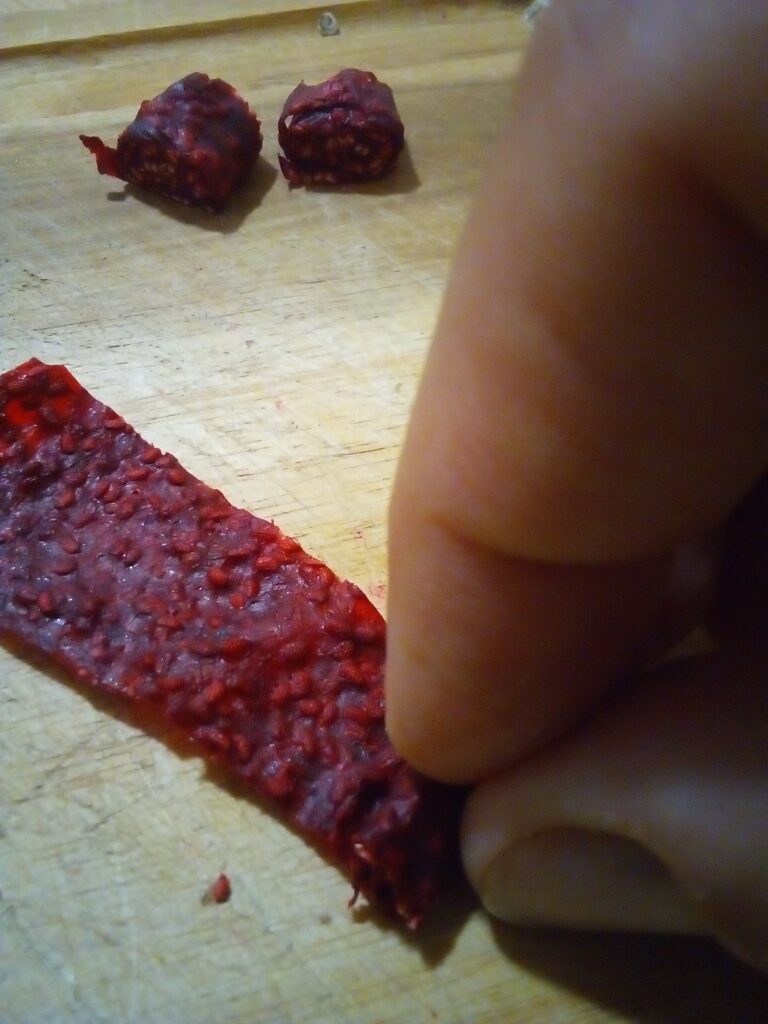
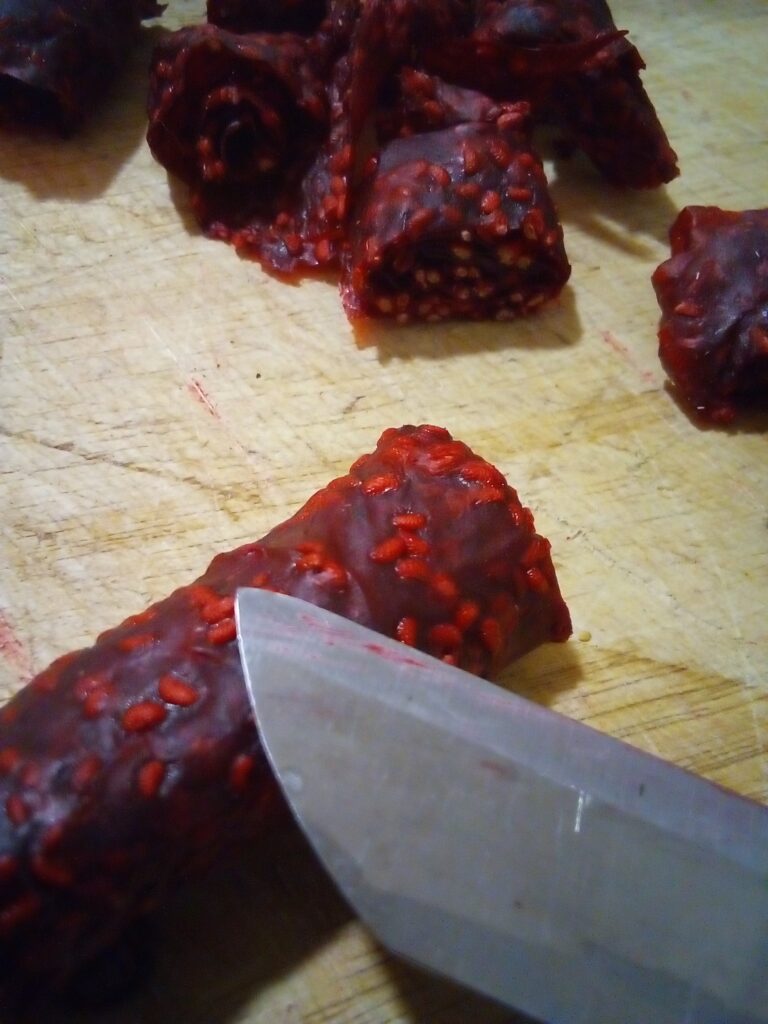
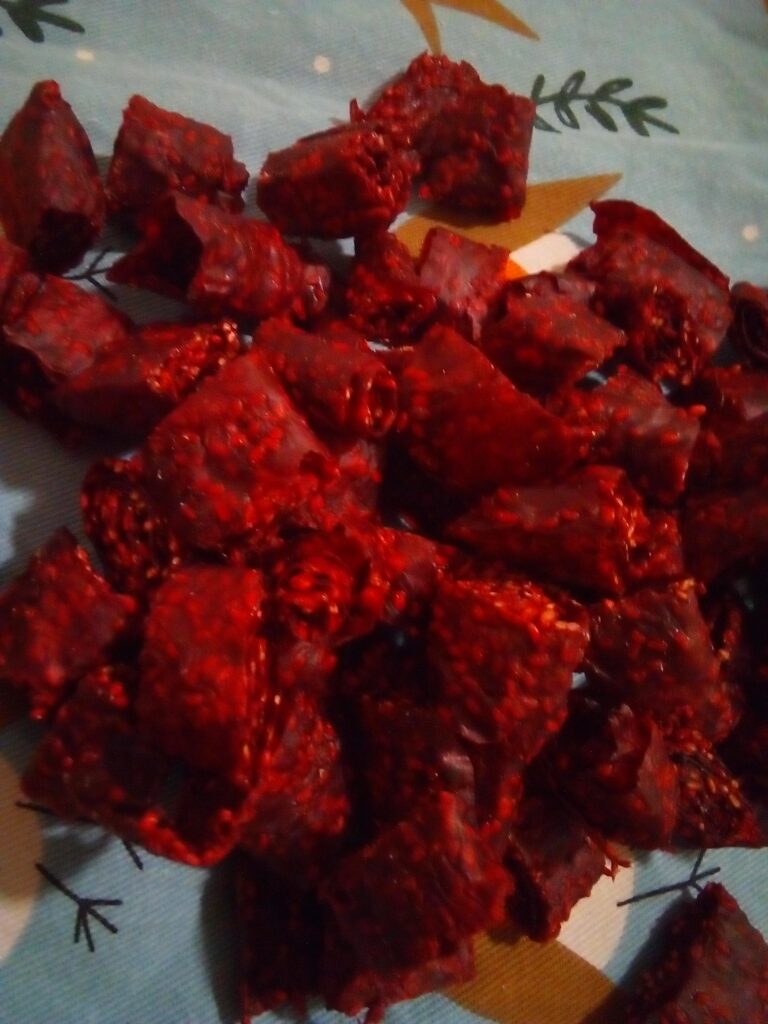
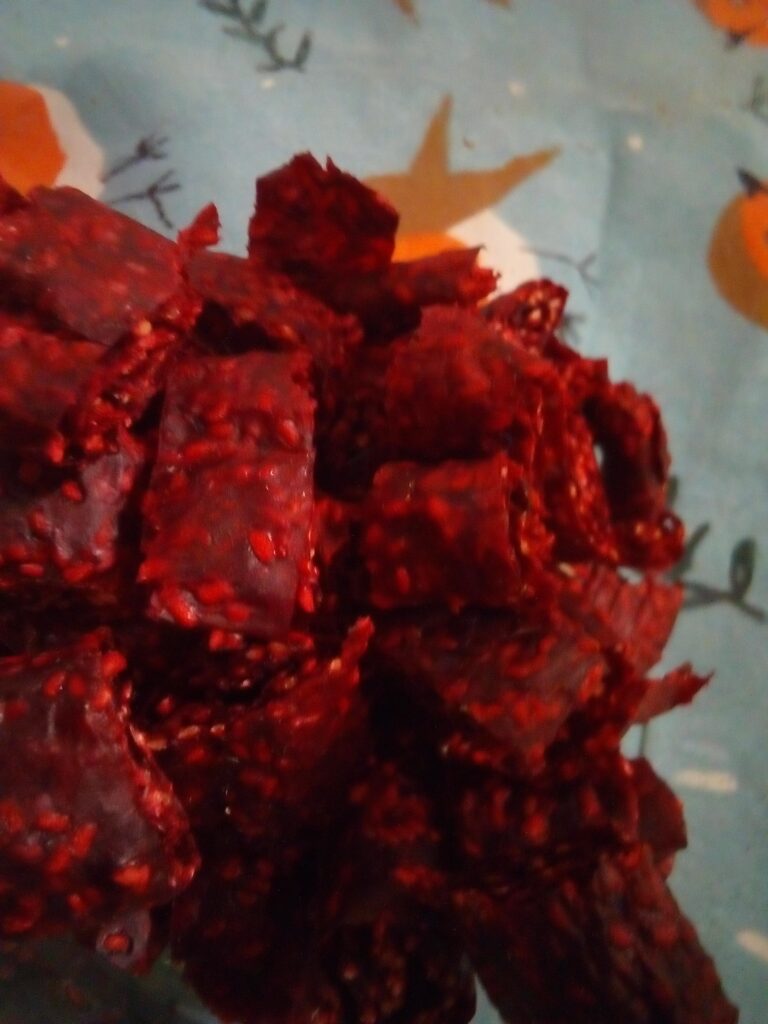
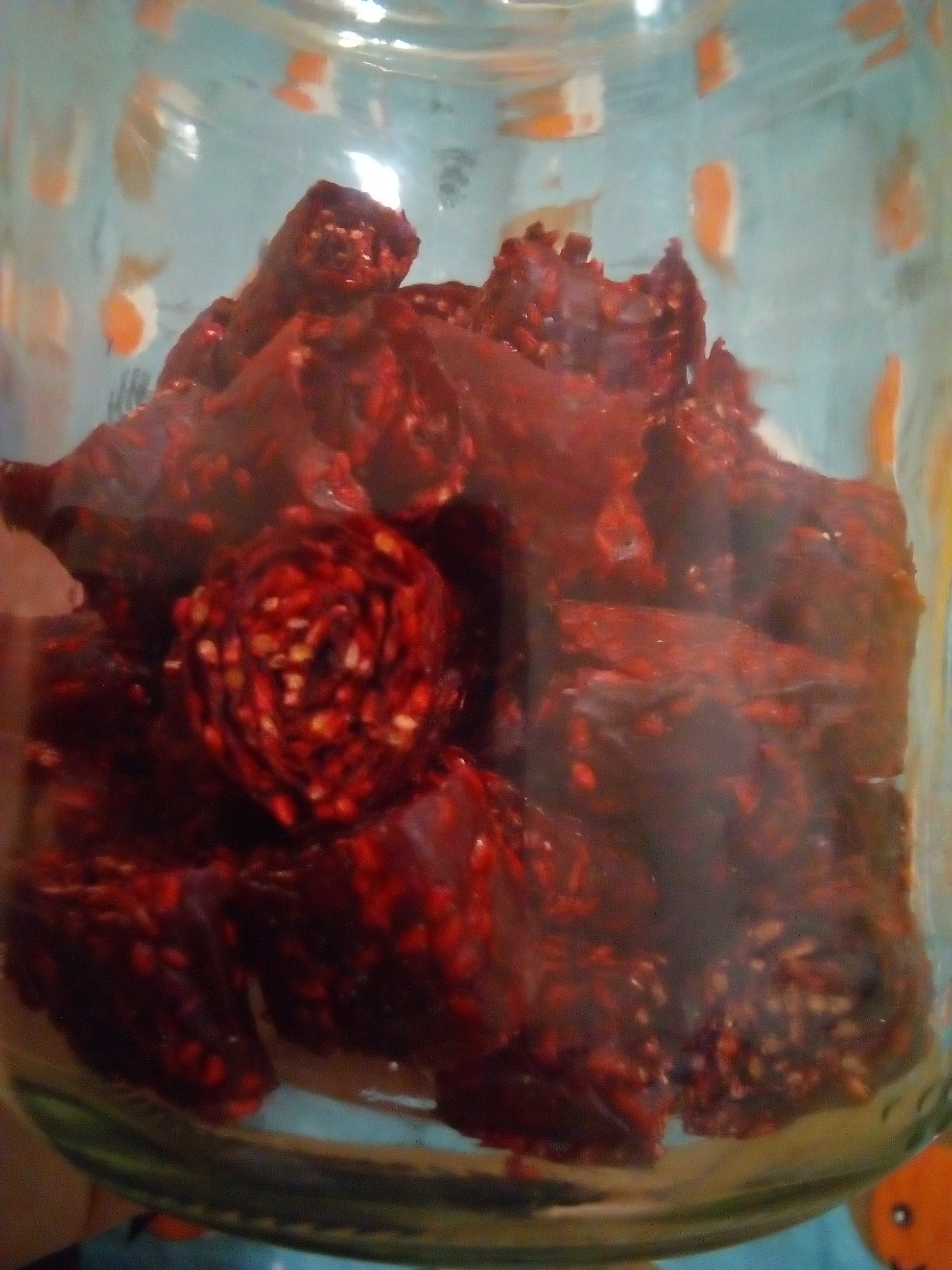
My Experience with Storing Raspberry Fruit Leather
I usually spread my raspberry leather quite thin and roll it into small portions. Stored this way in a sealed glass jar in a cool, dark pantry, it keeps remarkably well. The photos you see here show pieces from last year’s batch — about 12 months old. They were still perfectly fine to eat, only the deep wine-red color of fresh raspberry fruit leather had softened with time.
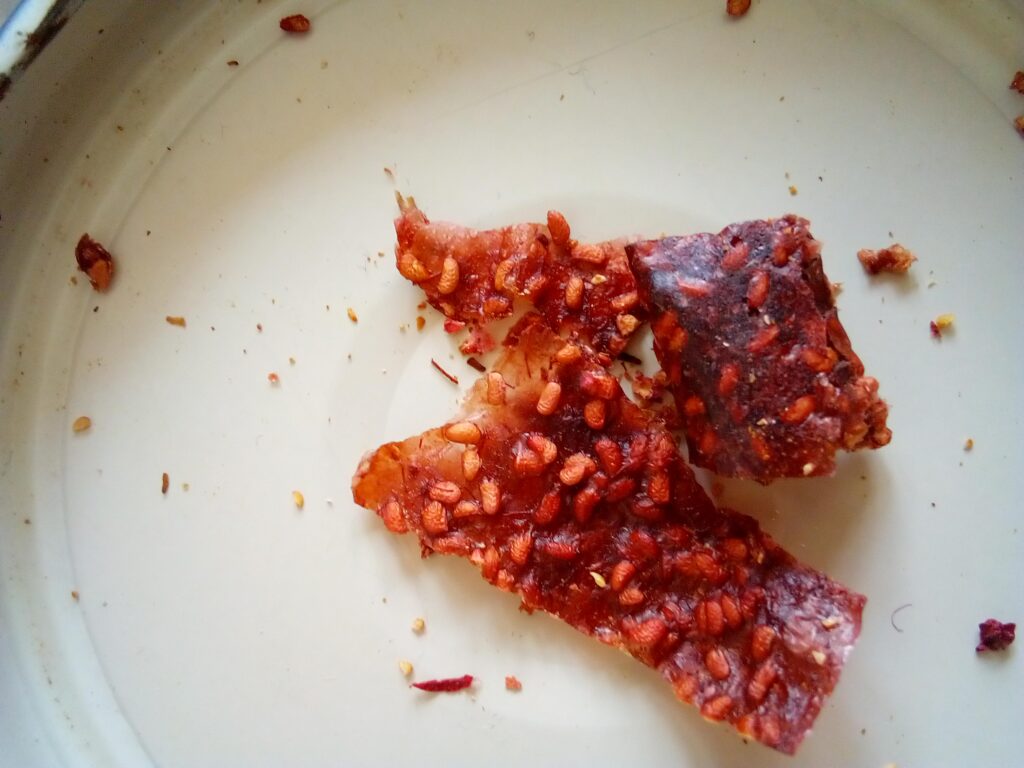
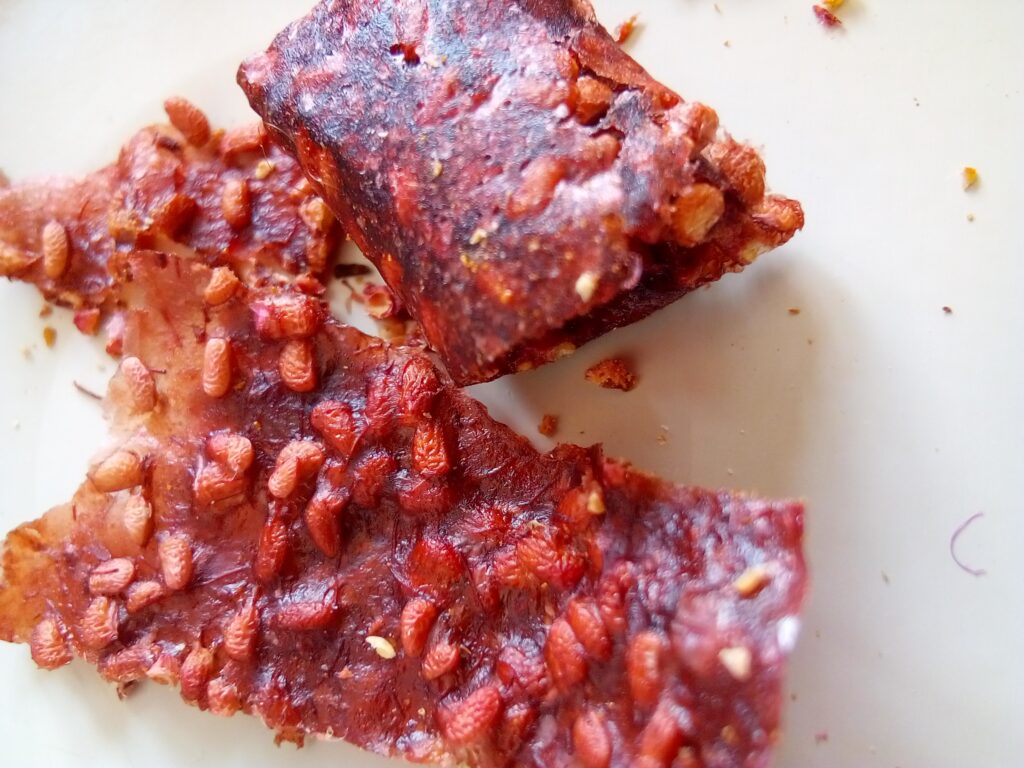
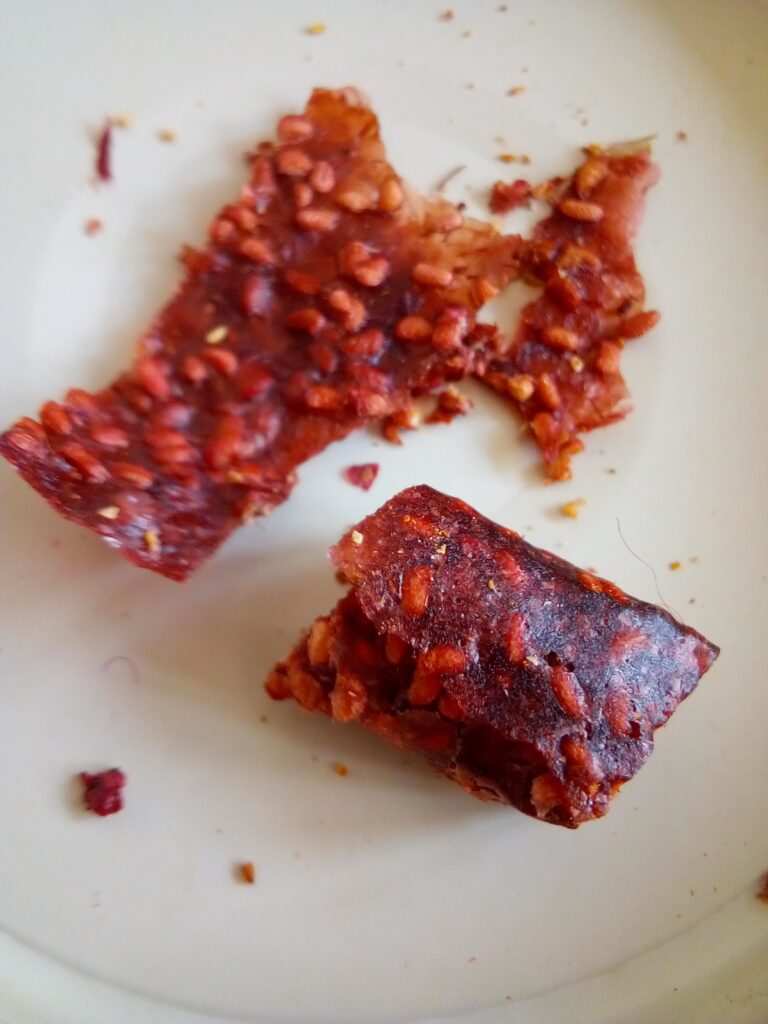
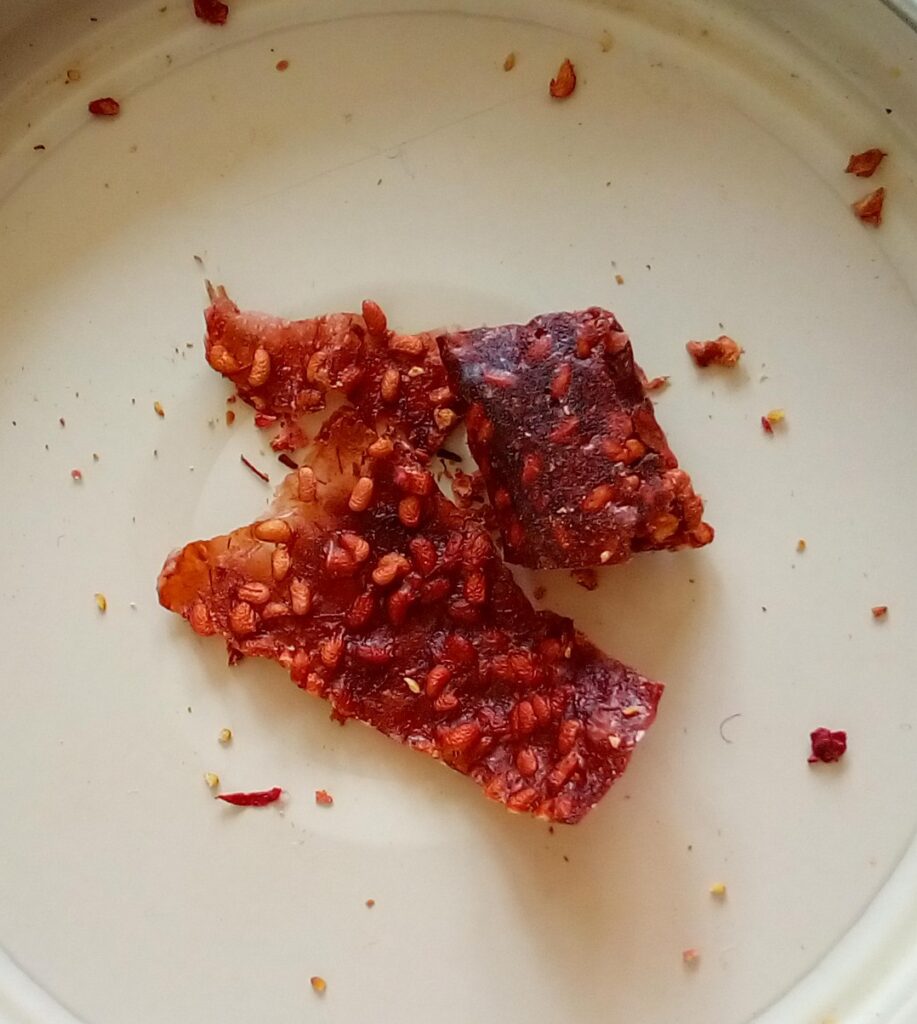
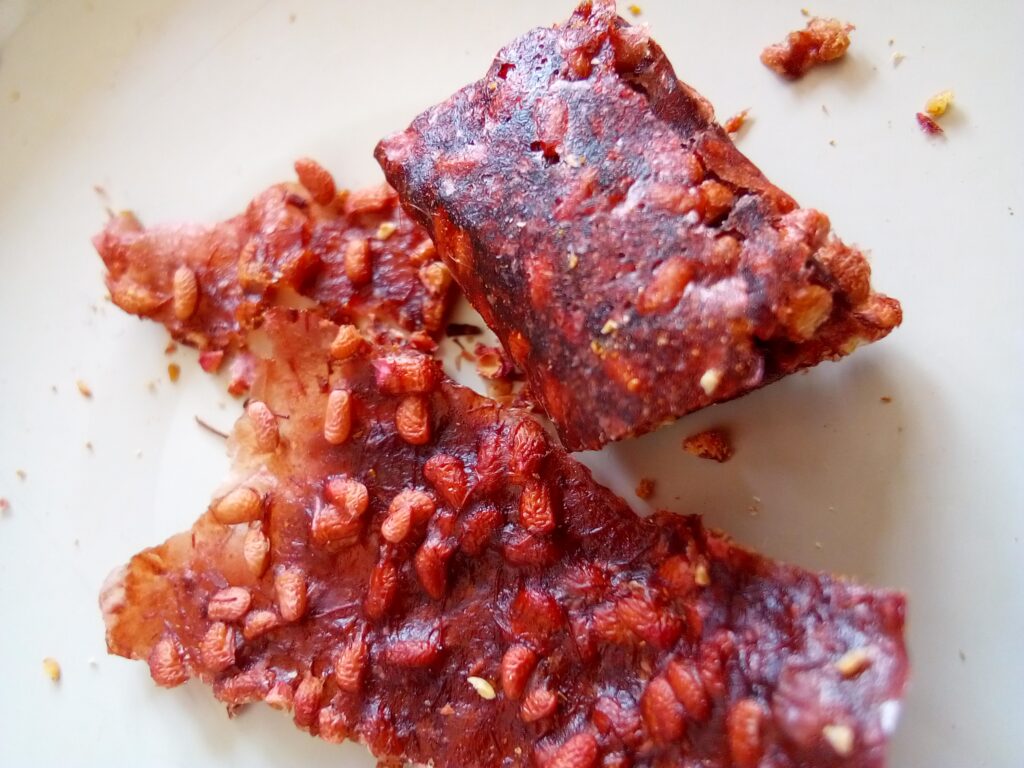
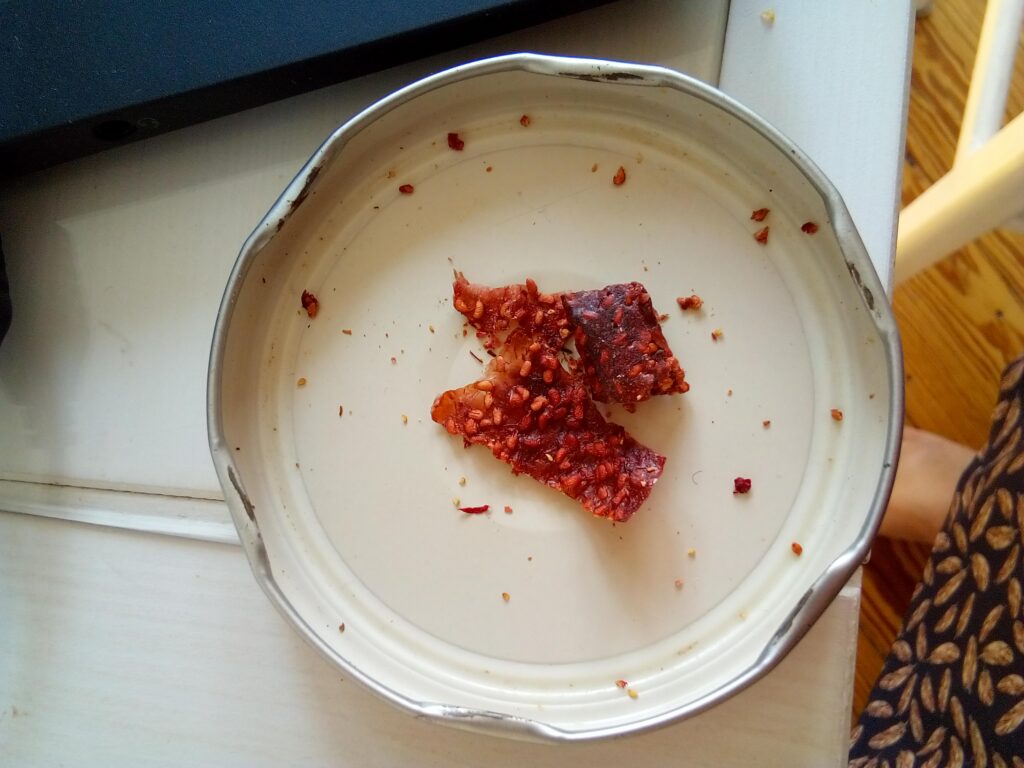
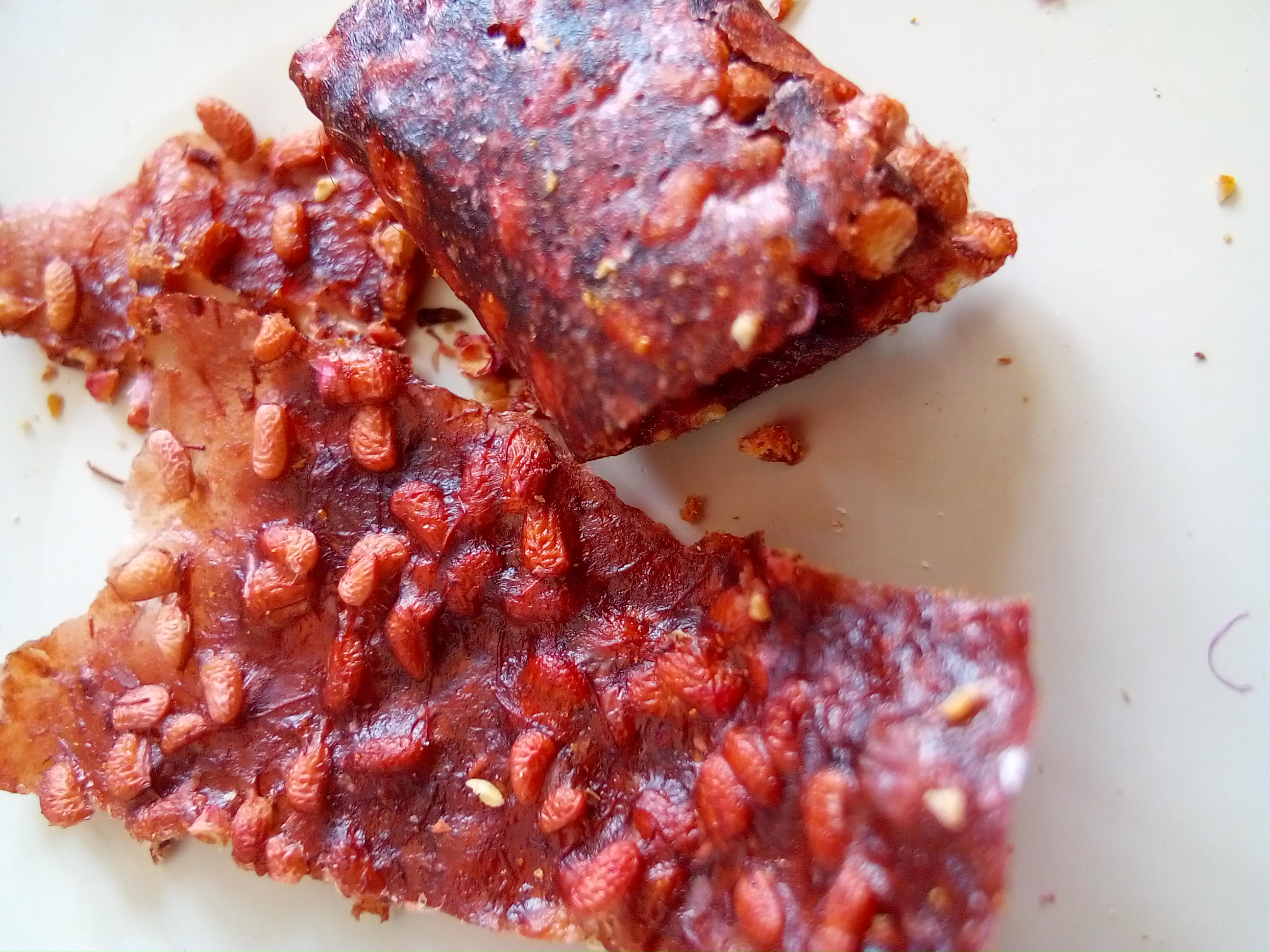
Best Fruit Combinations for Homemade Fruit Leather
Each fruit tells its own story:
- Raspberry pure and simple
- Apple & cinnamon – autumn classic
- Plum & vanilla – deep ruby flavor
- Strawberry & mint – refreshing summer
- Pear & ginger – mild with a warm kick
Mix tart fruits with sweet ones (like apples or grapes) for natural balance without extra sugar.
A Slow Living Ritual
The drying takes hours, sometimes overnight. Emma wakes to a kitchen filled with the smell of concentrated fruit, sweet and almost floral. She peels the sheets into strips, tucks them into jars, and smiles at the thought of January afternoons when this summer sweetness will reappear.
Frida’s words linger:
“In the garden, you learn: everything has its season. And what you preserve carries you further.”
And just like her other homestead recipes, this simple fruit leather reminds her that preserving food is not just about storage, but about carrying the spirit of the harvest forward.
FAQ
How thick should the puree layer be for fruit leather in a dehydrator?
Spread the puree about ⅛–¼ inch (≈ 3–6 mm) thick. A thinner layer dries faster but can turn brittle, while a thicker layer may stay sticky in the center. For best results, keep the layer even and slightly thicker at the edges.
Can I make fruit leather from frozen fruit?
Yes. Thaw frozen fruit first, then puree. Because frozen fruit sometimes releases extra liquid, you may want to simmer it briefly before spreading on dehydrator trays. This helps the leather set evenly.
Why does my fruit leather crack or stick in the dehydrator?
Cracking usually means the puree was spread too thin or dried for too long. Stickiness happens when the layer was too thick or not fully dried. If the leather is still too soft, simply return it to the dehydrator for another hour.
What is the best temperature for dehydrating fruit leather?
For most fruits, set the dehydrator at 135–140 °F (57–60 °C). If you want to preserve more nutrients and follow raw food guidelines, keep the temperature below 118 °F—just allow extra drying time.
How long does it take to dehydrate fruit leather?
Drying time usually ranges from 6–12 hours. Thin layers of berries may be done in 3–4 hours, while thicker apple or pear mixtures can take overnight. Always check for doneness: the leather should be pliable, not sticky.
What is the best sweetener ratio for homemade fruit leather?
Ripe fruit is often sweet enough, but if you’d like to add more flavor, use about 1–2 tablespoons of honey, maple syrup, or blended dates per 4 cups of fruit puree. This adds sweetness without making the leather overly sticky.
How to store homemade fruit leather for the best shelf life?
Let the sheets cool completely, then peel and cut into strips. Roll them in parchment and store in airtight jars or bags. Fruit leather lasts a few weeks at room temperature, several months in the fridge, and up to a year in the freezer. Perfect for kids’ lunchboxes or as a lightweight hiking snack.
Is the BNLCD Dehydrator good for making fruit leather?
Yes. I use the BNLCD Dehydrator for most of my fruit leather recipes. It’s compact, affordable, and works well for small to medium batches of garden fruit. For best results, I rotate the trays once during drying. You can read my full experience report on the BNLCD Dehydrator for details.
Do I need to rotate the trays in the BNLCD Dehydrator?
Yes. Because it’s a stackable dehydrator, the bottom trays dry faster than the top ones. Switching them halfway through ensures even fruit leather. It only takes a minute and makes the results much more consistent.
Do I need parchment paper in the BNLCD Dehydrator for fruit leather?
Yes. The mesh trays have wide openings, so fruit puree can drip through if you don’t line them. I recommend cutting baking parchment slightly smaller than the trays—about 2 cm shorter in length and 1 cm narrower in width (tray size is 18.8 × 27.7 cm). This way, the puree stays in place and air can still circulate for even drying.
